Engineering & Computer Science
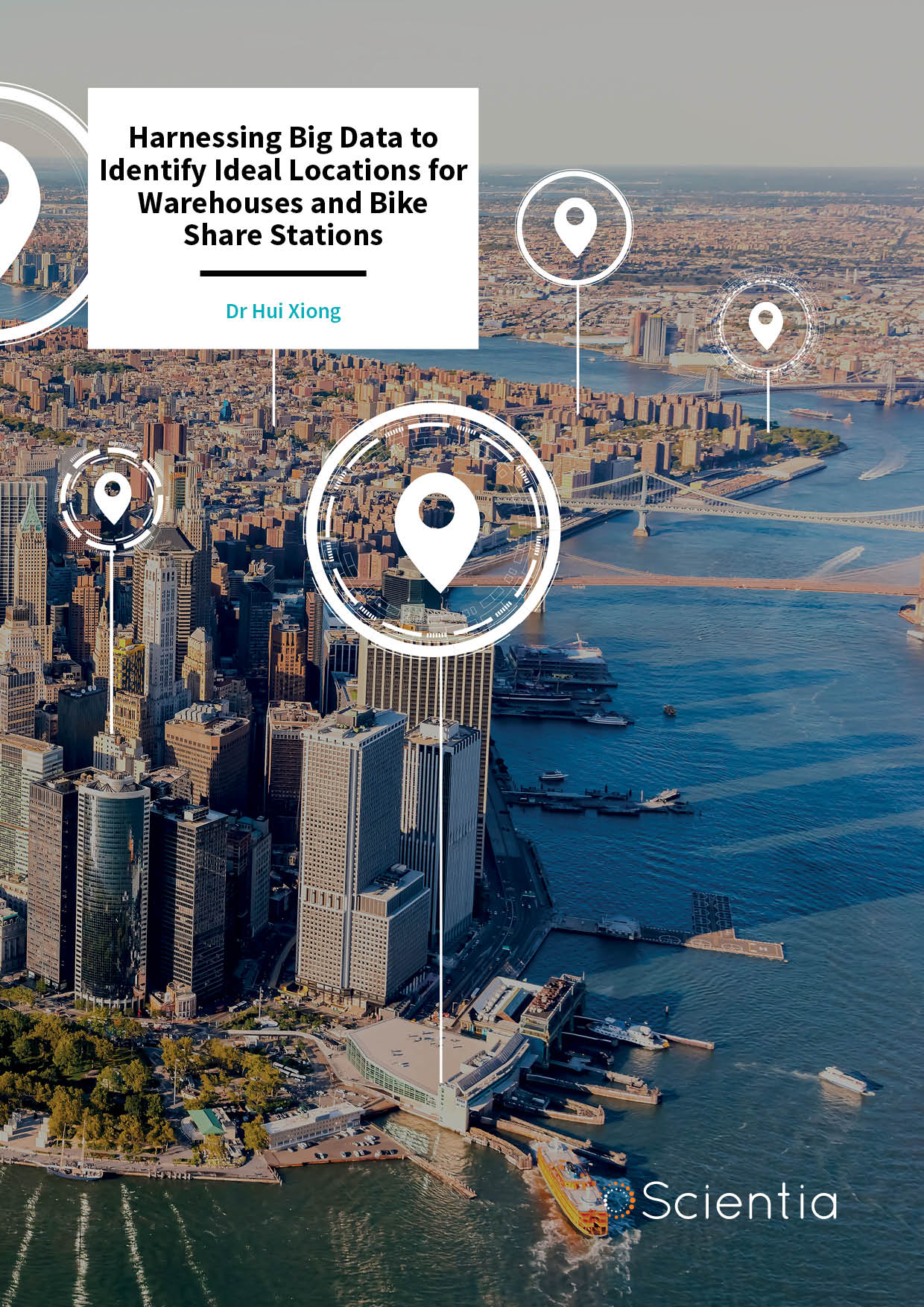
Dr Hui Xiong – Harnessing Big Data to Identify Ideal Locations for Warehouses and Bike Share Stations
With a sharp increase in the public use of online shopping in recent years, which has spiked further due to the COVID-19 pandemic, the importance of warehouse positioning to provide an optimal delivery service has become a significant area of focus for retailers. Similarly, bike sharing in major cities has also seen an astronomical rise in usage – prompting questions about how bike stations can be best positioned. Stations in optimised locations would require minimal interference to change the stock levels, while also ensuring the greatest accessibility to users. Dr Xiong and his colleagues at Rutgers University have been using the ubiquity of big data to better optimise these systems for both cost efficiency and standard of service to customers, testing their findings in real-world scenarios.

Dr Florian Kerschbaum – Taking the Sting Out of Big Data
To many people, the idea of Big Data is inseparable from the fear of a loss of privacy. Since many modern companies must collect vast amounts of personal information in order to operate effectively, this concern is now growing globally. Dr Florian Kerschbaum and his colleagues at the University of Waterloo aim to address the issues presented by this reality, through sophisticated new techniques that ensure all-encompassing privacy for a company’s users. If the team’s methods become more widely adopted, they could reassure many people that their sensitive information is being handled properly.
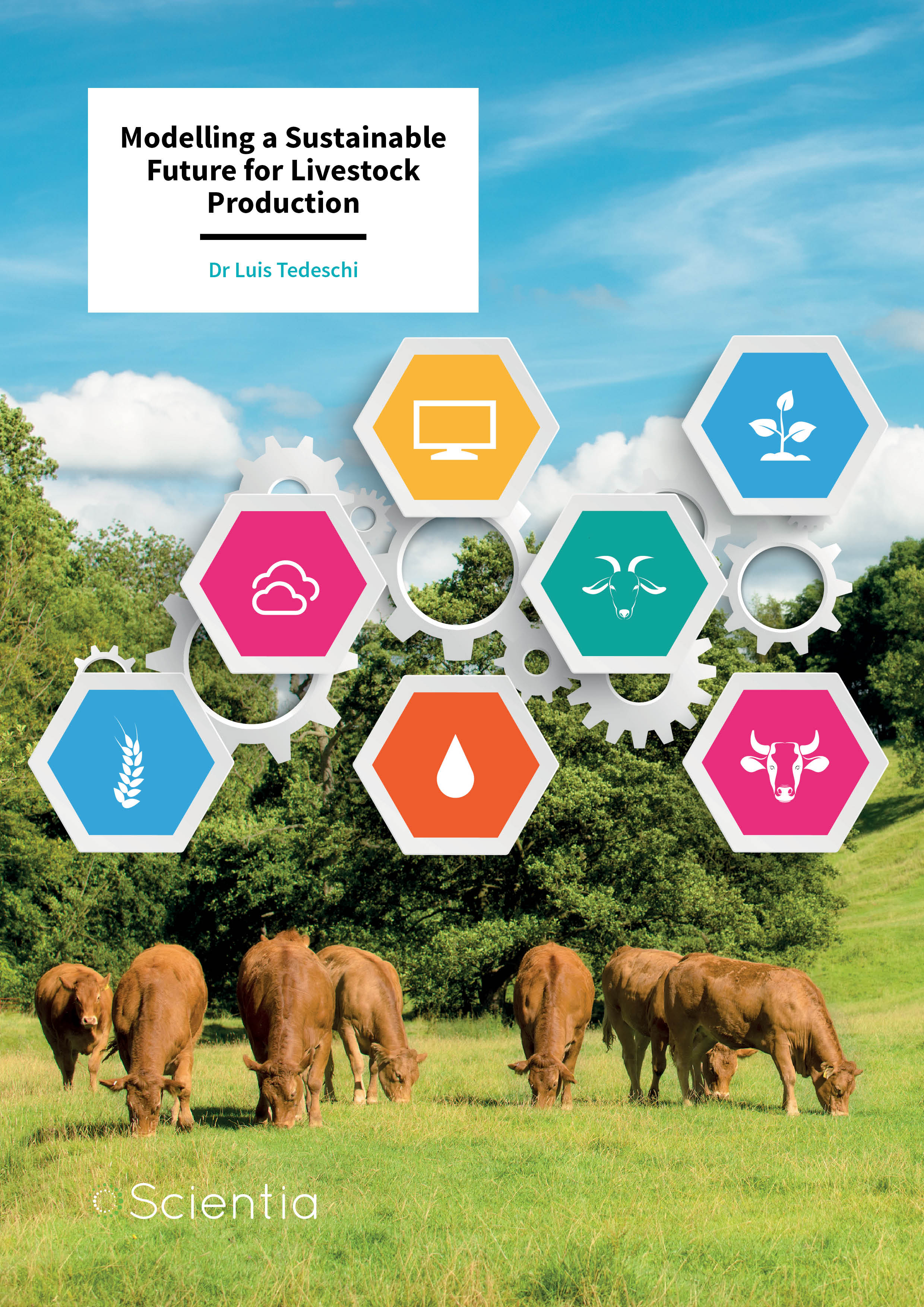
Dr Luis Tedeschi – Modelling a Sustainable Future for Livestock Production
Intensive livestock farming has contributed to environmental degradation across the globe, and is also a major source of greenhouse gas emissions. However, meeting the protein demands of a growing global population requires further increases in the food supply. Dr Luis Tedeschi and his team from Texas A&M University and Texas A&M AgriLife Research have been studying the sustainable intensification of livestock production, utilising modelling-based approaches. They consider whether these tools can be used to increase production efficiency while minimising environmental impacts, helping to preserve and regenerate the natural resources that form the basis of the industry, for future generations.
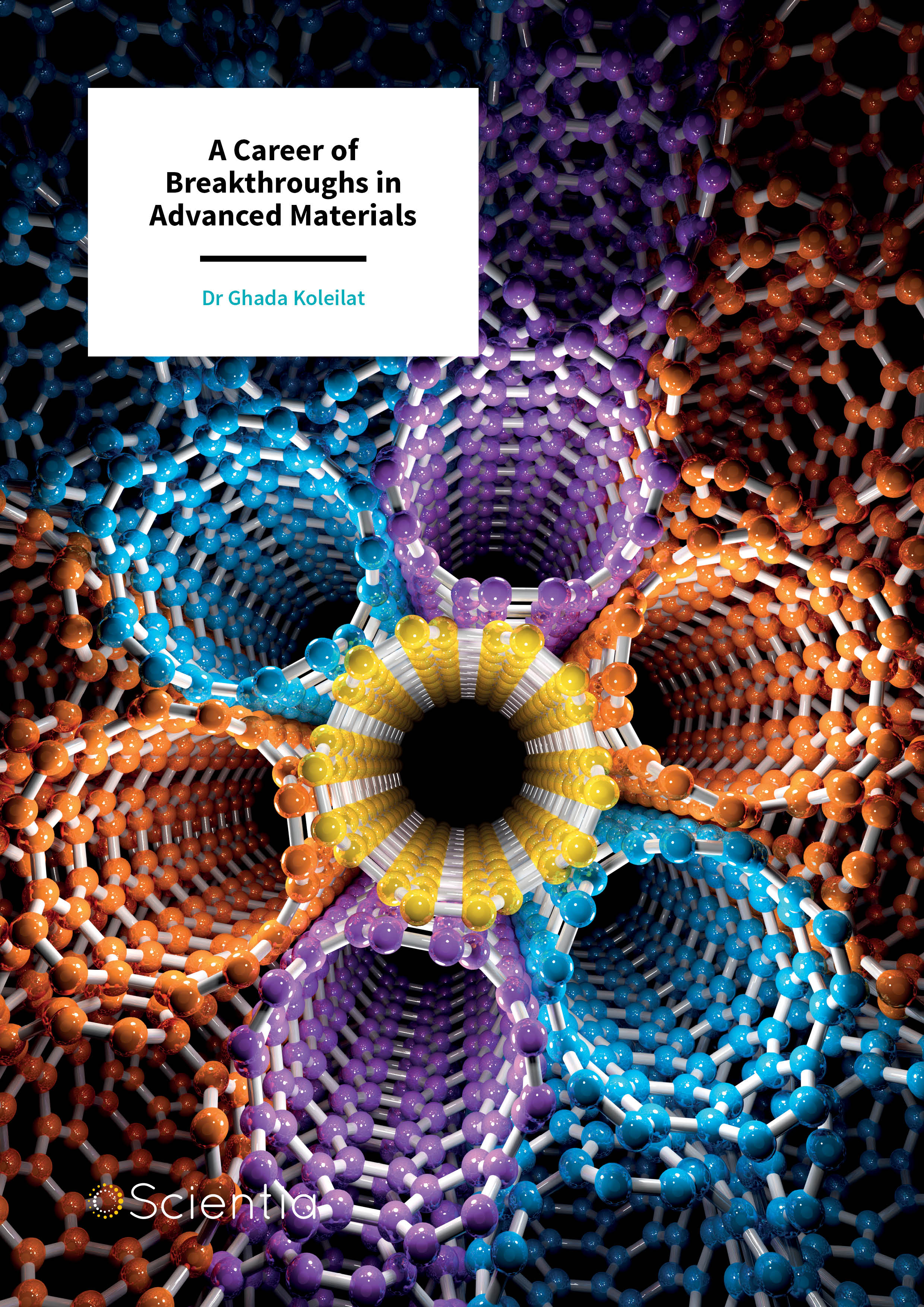
Dr Ghada Koleilat – A Career of Breakthroughs in Advanced Materials
Solution-processed nanomaterials, such as quantum dots, are some of the most exciting and widely studied materials in nanotechnology today, but reaching this point has been no easy task for scientists. From the very start of her career, Dr Ghada Koleilat, now an Assistant Professor at Dalhousie University in Canada, has been a renowned pioneer in this field – devising innovative new solutions to some of nanotechnology’s most pressing questions. Her numerous breakthroughs have brought about some profound new ways of thinking in one of the most rapidly developing energy generation technologies in the modern world: solar cells.
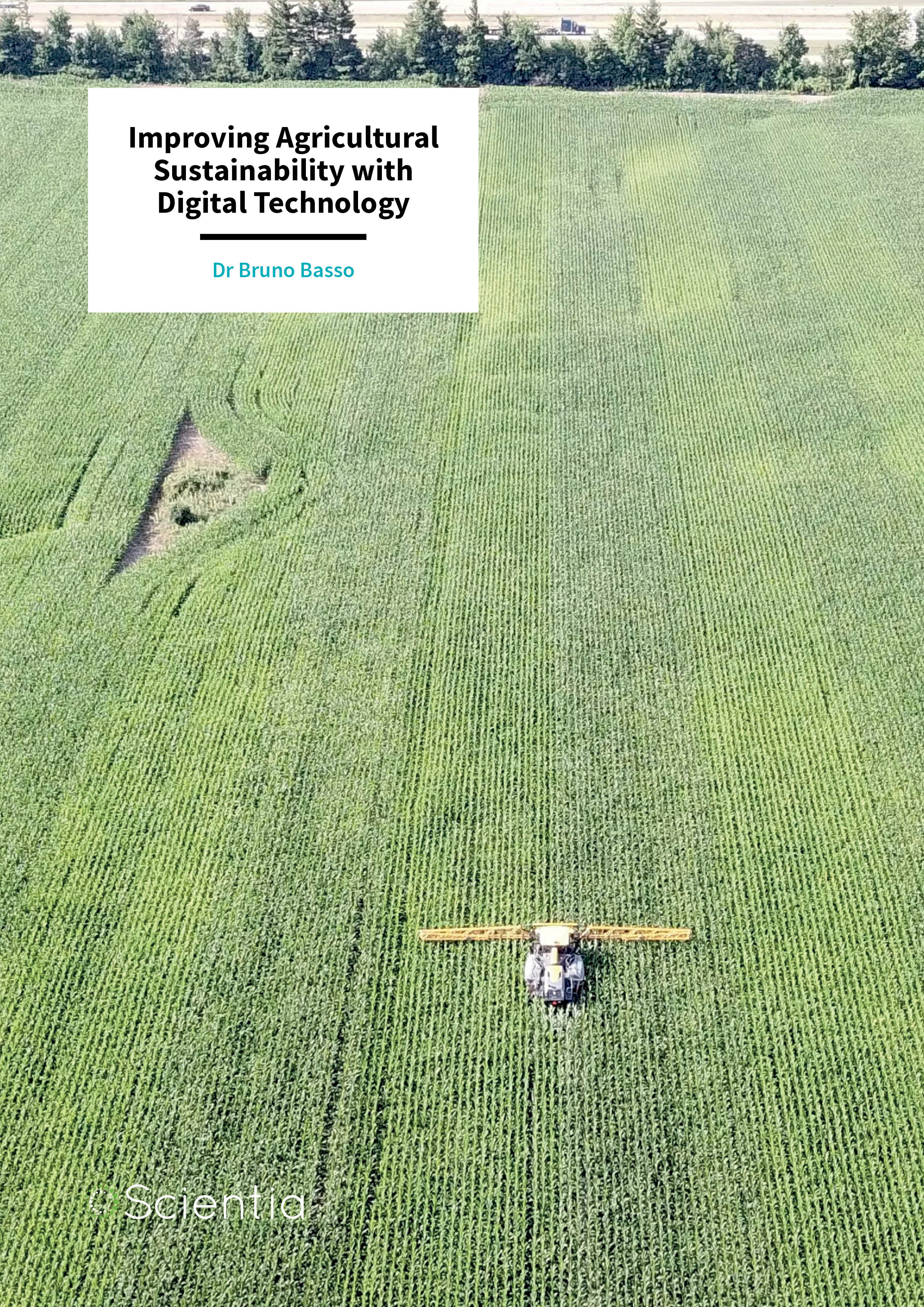
Dr Bruno Basso – Improving Agricultural Sustainability with Digital Technology
In recent decades, advancements in agricultural practices have made the large-scale production of cheap and nutritious food possible. However, these practices are often damaging to the environment, making them unsustainable in the long term. Technology is now sufficiently developed that many of these environmental impacts can be reduced or mitigated, by using ‘big data’ to inform farming management decisions. Dr Bruno Basso from Michigan State University and his network of researchers have been exploring how digital technologies could usher in a new era of sustainable agriculture that balances competing economic and social interests while minimising trade-offs.
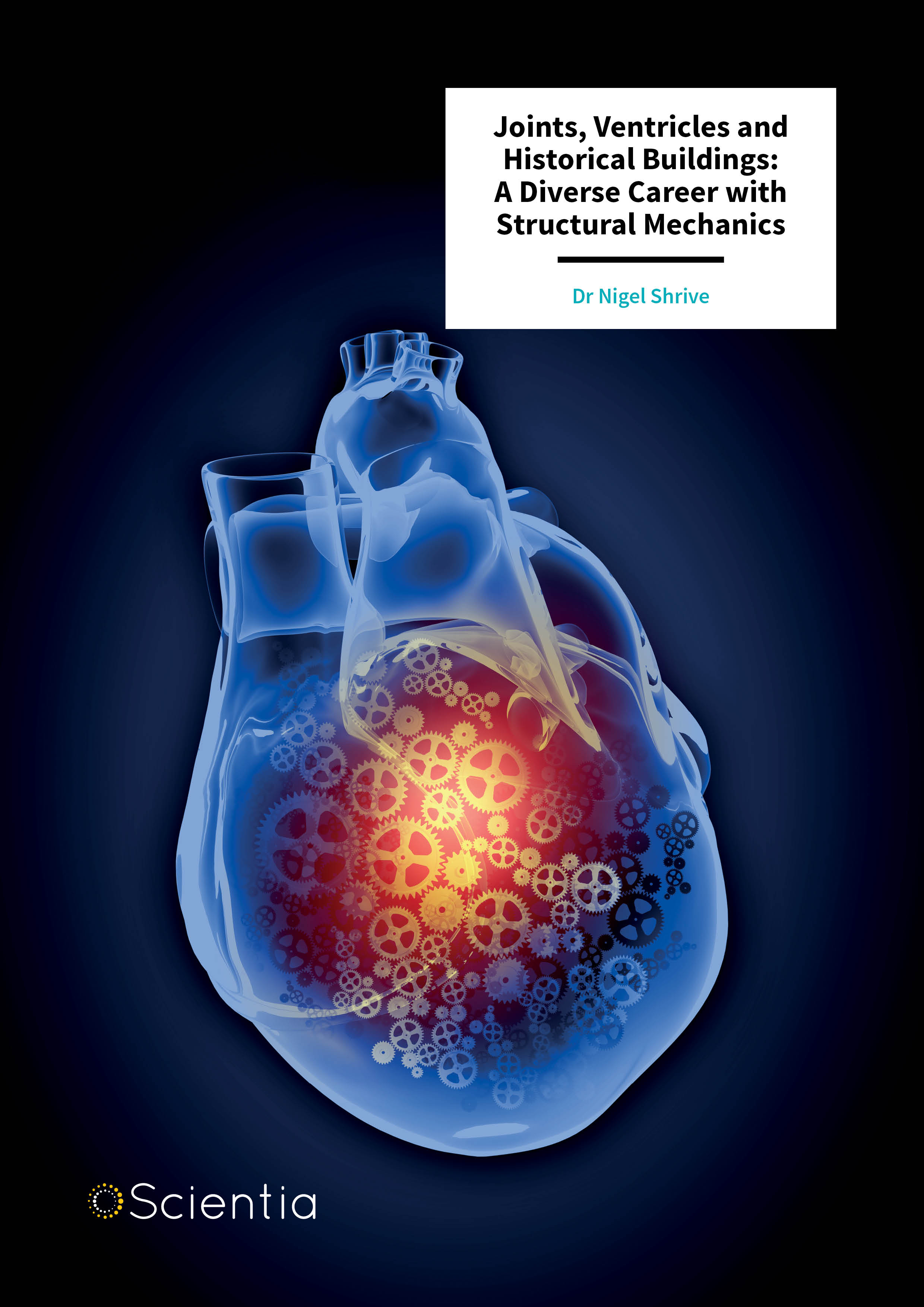
Dr Nigel Shrive – Joints, Ventricles and Historical Buildings: A Diverse Career with Structural Mechanics
Engineering mechanics can provide medical researchers with invaluable insights into the diverse mechanisms contained within the human body, and the conditions that arise when they go wrong. Over a career spanning four decades, Dr Nigel Shrive at the University of Calgary has offered significant contributions to this field. His research is now helping to improve the lives of many millions of people who are currently suffering from mechanical failure within the body. Elsewhere, his work has also enabled countries to protect their priceless historical heritage.
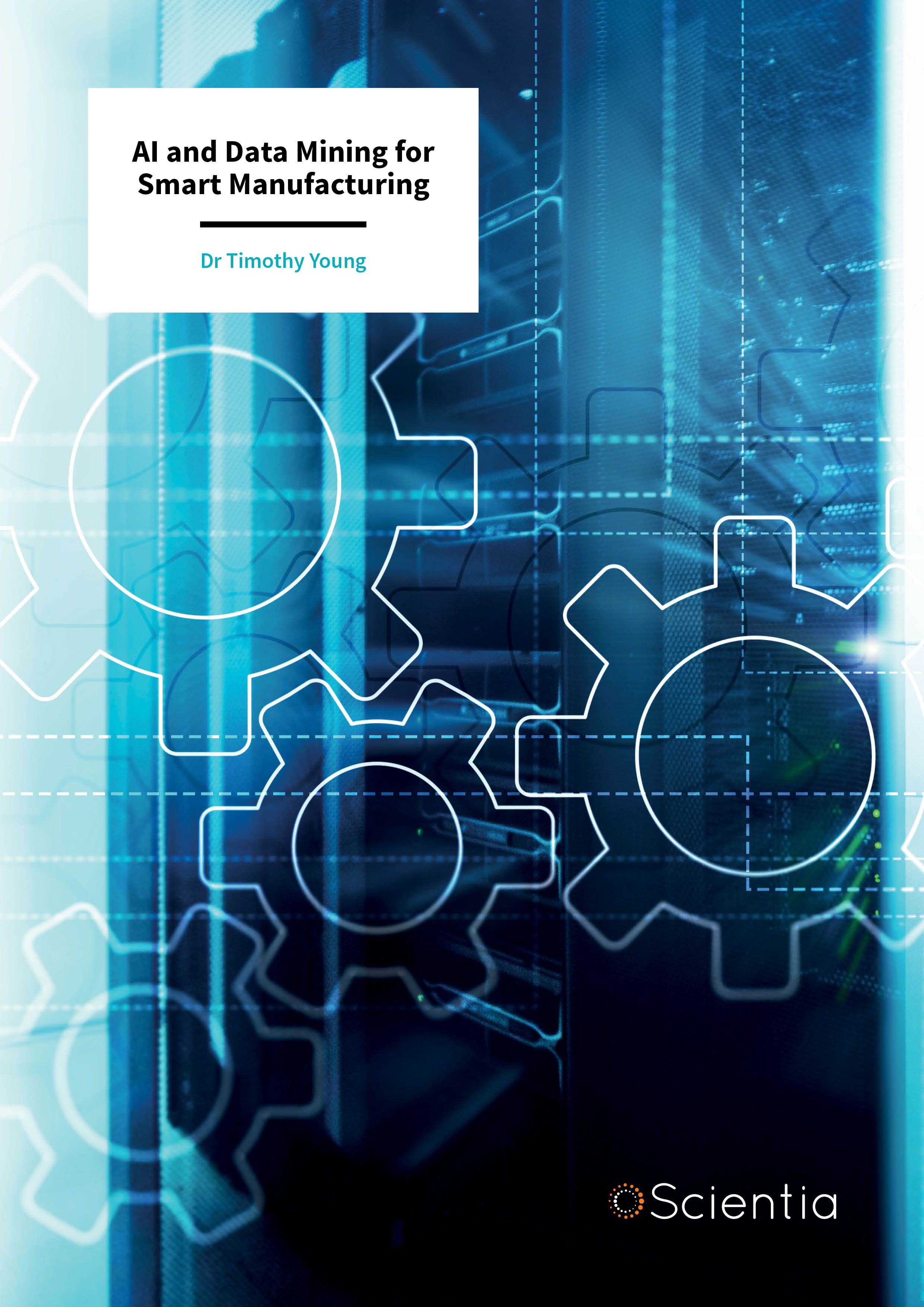
Dr Timothy Young – AI and Data Mining for Smart Manufacturing
Big data is now central to the operation of many online companies, but until now, the wealth of information it provides has remained largely untapped by manufacturers. Dr Tim Young at the University of Tennessee believes that through data science, this information could be used to significantly streamline the operations of many manufacturing industries. His work provides the widely varied parties involved in these processes with important new insights into how they should handle their data, ultimately helping them to improve the efficiency of their operations.
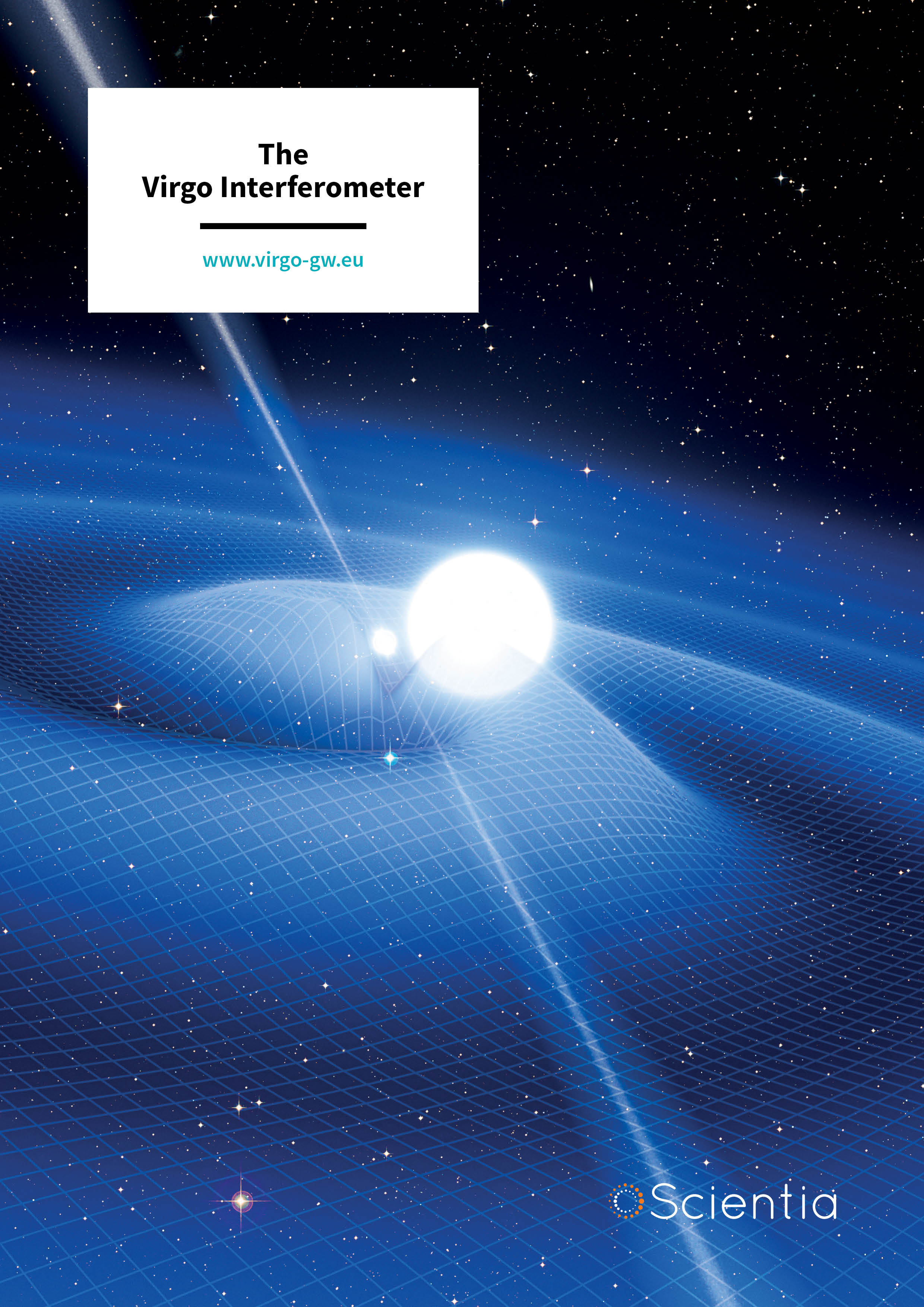
The Virgo Interferometer
Located near the city of Pisa in Italy, the Virgo interferometer is the most sensitive gravitational wave detector in Europe. The latest version of the interferometer – the Advanced Virgo – was built in 2012, and has been operational since 2017. Virgo is part of a scientific collaboration of more than 100 institutes from 10 European countries. By detecting and analysing gravitational wave signals, which arise from collisions of black holes or neutron stars millions of lightyears away, Virgo’s goal is to advance our understanding of fundamental physics, astronomy and cosmology. In this exclusive interview, we speak with the spokesperson of the Virgo Collaboration, Dr Jo van den Brand, who discusses Virgo’s achievements, plans for the future, and the fascinating field of gravitational wave astronomy.
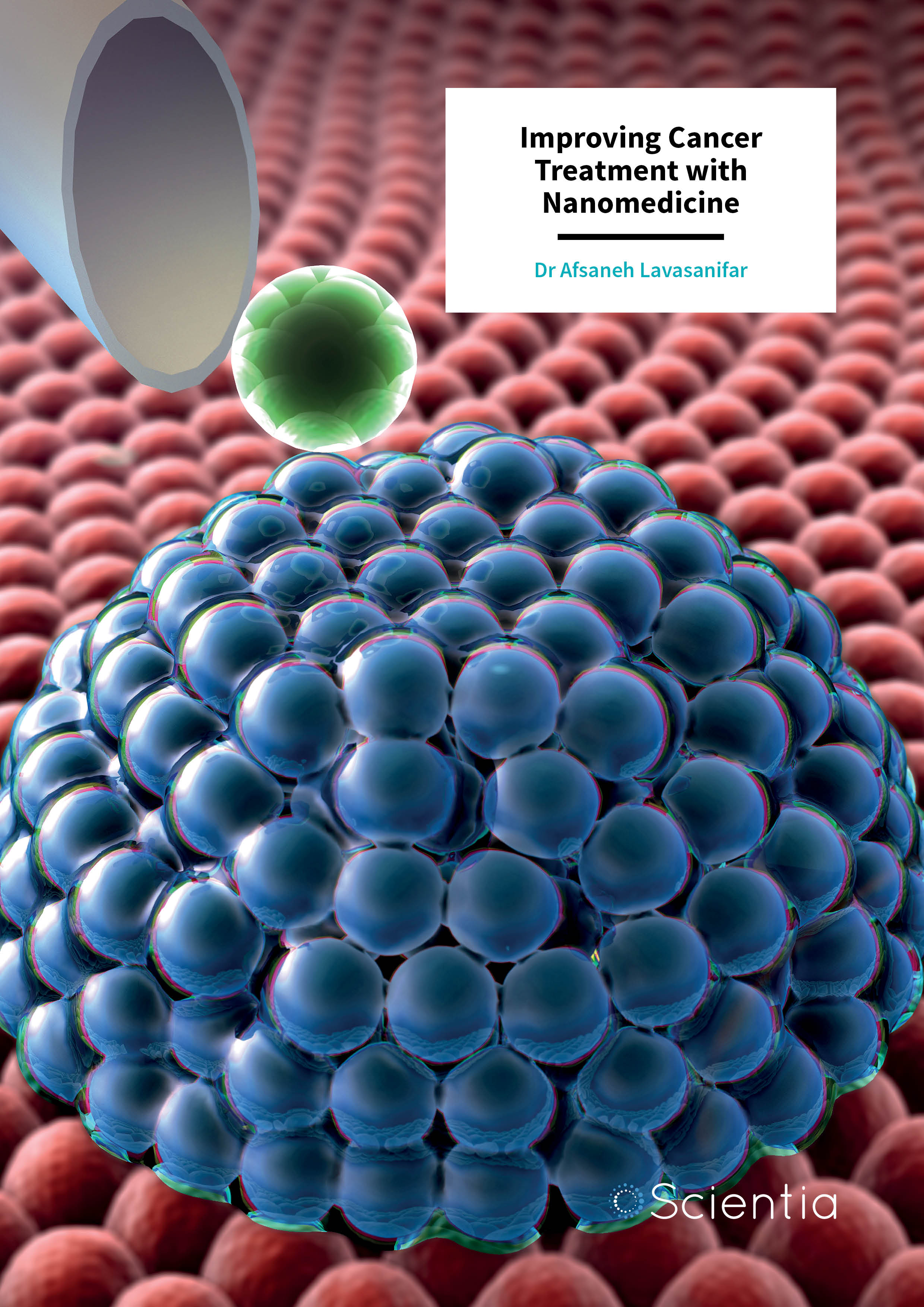
Dr Afsaneh Lavasanifar – Improving Cancer Treatment with Nanomedicine
Cancer is one of the most common causes of mortality worldwide and diagnosis rates are continually increasing. An estimated one in three women and one in two men will be diagnosed with a form of cancer at some point throughout our lives. For many cancer types, chemotherapy and radiotherapy are the chosen treatment methods, but their success rates are surprisingly limited, and both can cause serious side-effects. Dr Afsaneh Lavasanifar and her research group at the University of Alberta have set out to develop drug-delivery systems to improve the effectiveness of cancer treatment and reduce side-effects. Their research involves the targeted delivery of drug-loaded nanoparticles directly to tumour tissues.
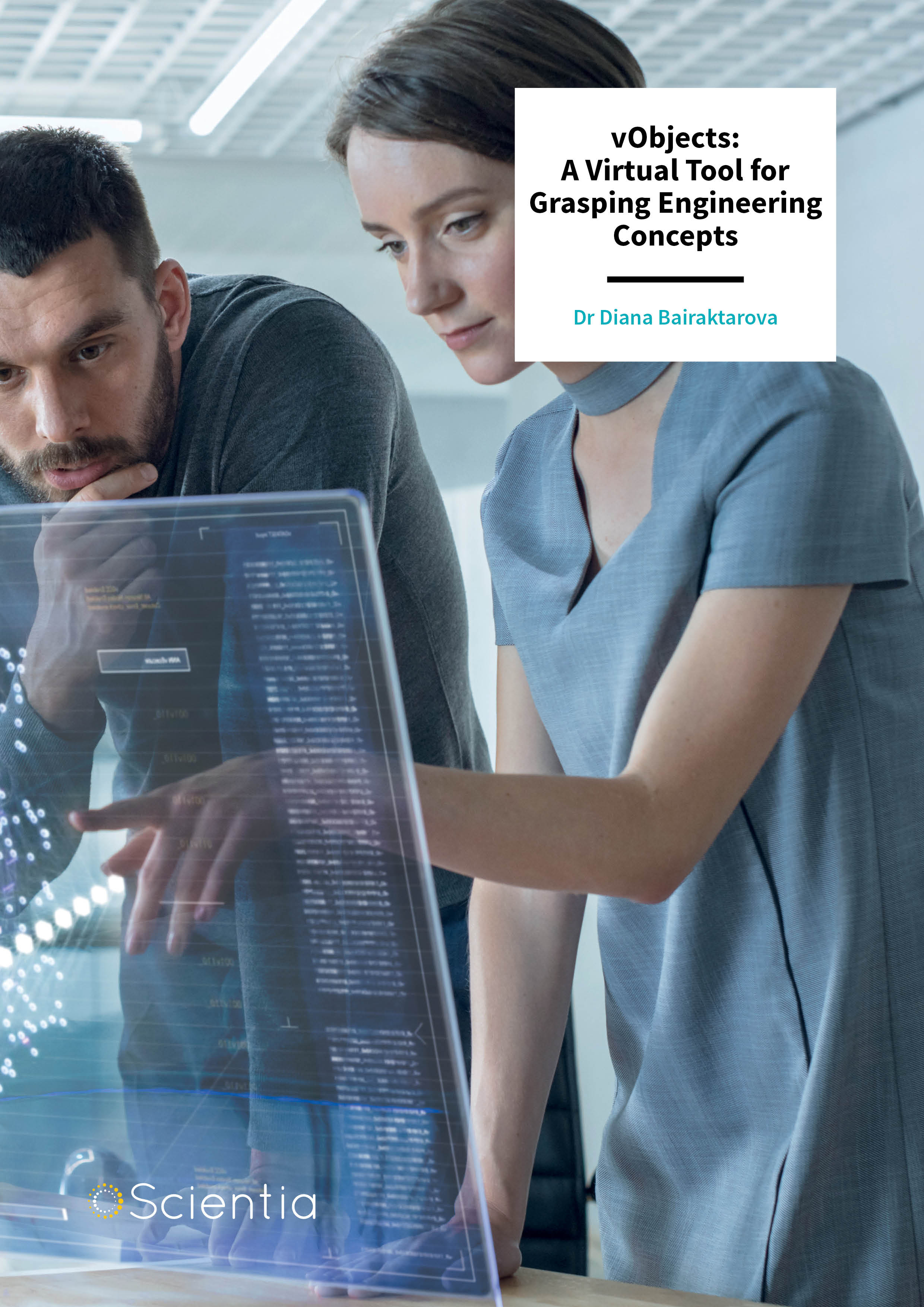
Dr Diana Bairaktarova – vObjects: A Virtual Tool for Grasping Engineering Concepts
Engineering students can benefit greatly from interacting with physical objects whose attributes mimic those of real-world systems. So far, however, objects that do this effectively have proven to be extremely difficult to create. To solve the problem, Dr Diana Bairaktarova at Virginia Tech suggests that taught engineering courses could recreate practical situations more reliably using virtual objects, or ‘vObjects’. If her approach becomes widely adopted, it could transform how engineering students learn to apply their skills to complex, often unpredictable scenarios.
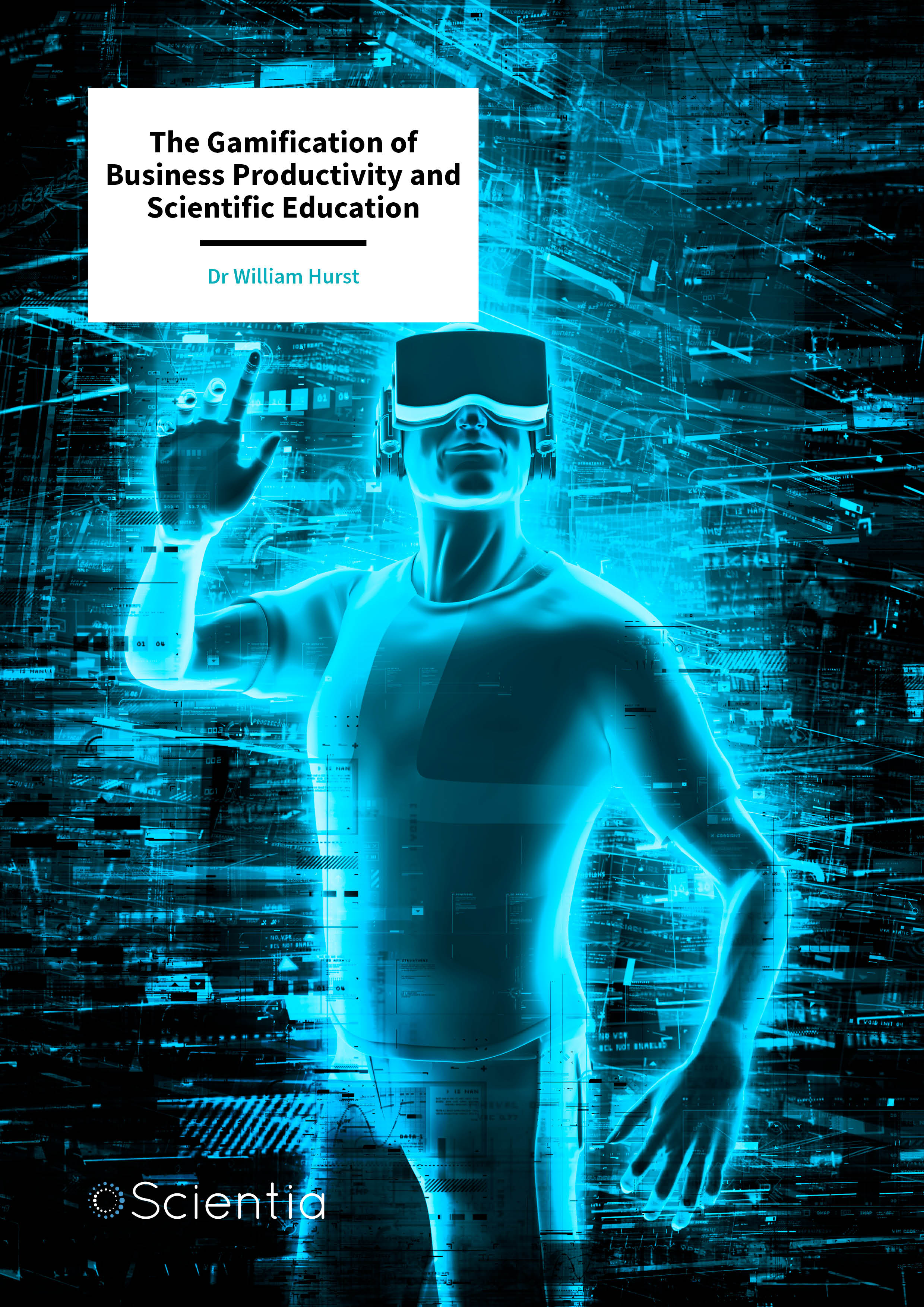
Dr William Hurst – The Gamification of Business Productivity and Scientific Education
It is undoubtable that virtual reality and augmented reality will soon be an integral part of our daily lives at home, in education, and at work. Here, we look at some of the exciting projects that Dr William Hurst of the Department of Computer Science at Liverpool John Moores University is driving forward and read how he is embracing virtual reality and augmented reality to enhance teaching and education, providing insight into how such technology may be utilised in the not too distant future.
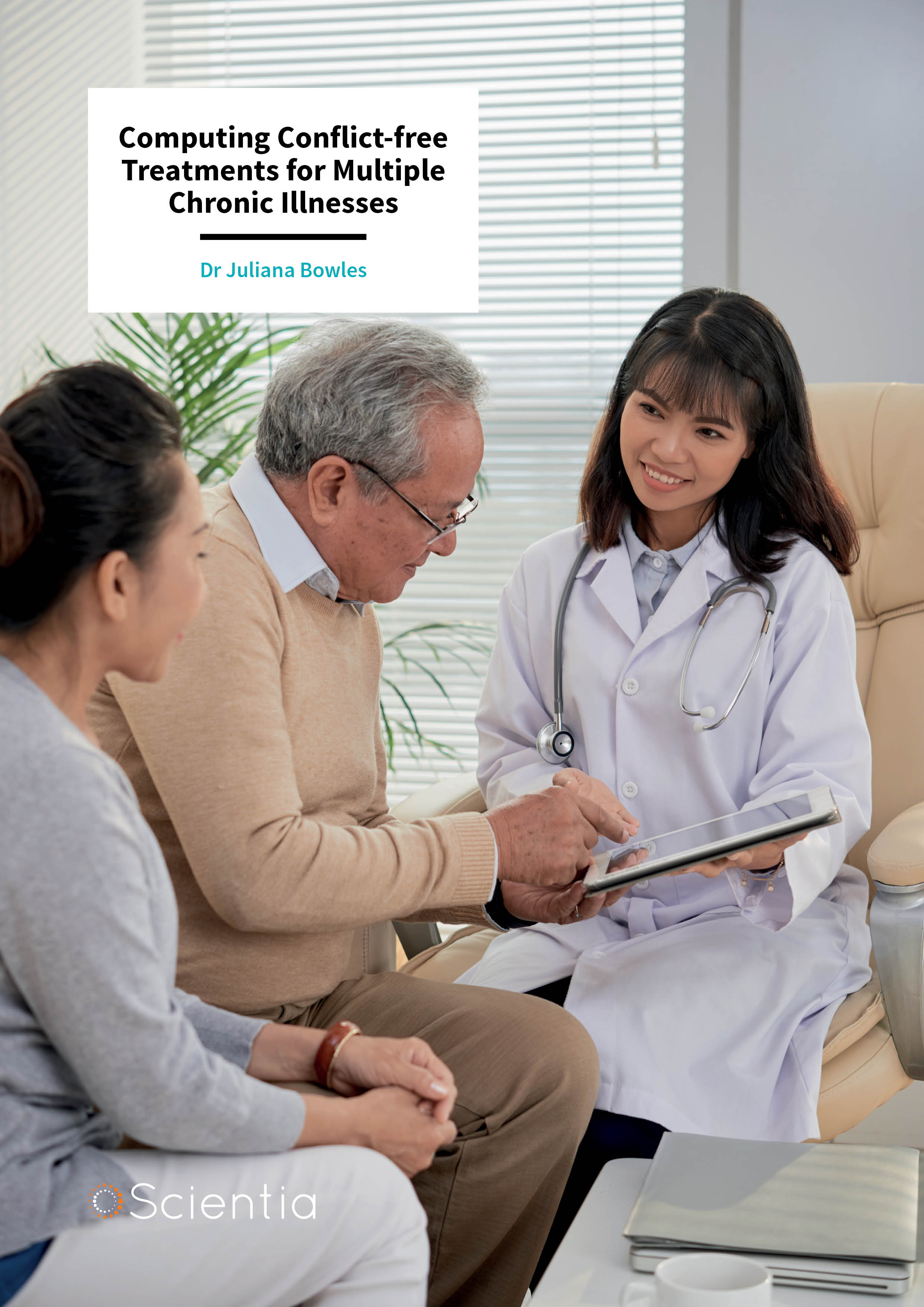
Dr Juliana Bowles – Computing Conflict-free Treatments for Multiple Chronic Illnesses
Modern treatments for patients with more than one chronic condition can be highly precarious, and in many cases, simultaneous treatments for different illnesses can be detrimental to each other and ultimately, the patient. Dr Juliana Bowles at the University of St Andrews believes that this pressing issue can be solved with the help of advanced computational techniques. Her team has explored the ability of such techniques to calculate reliable outcomes within models of complex systems. Their work promises to significantly enhance the ways in which treatments for chronic conditions could be delivered – improving safety and quality of life for patients.

Dr Stephanie Manz and Dr Thorsten Schumm – iWave: A New Scheme for Matter Wave Interferometry
By precisely measuring path differences in light waves as they are split apart and recombined, interferometers have allowed physicists to make some of their most profound discoveries: from disproving the ether theory in the late 19th century, to the first detections of gravitational waves in 2016. Now, Dr Stephanie Manz and Dr Thorsten Schumm at TU Vienna aim to push the capabilities of interferometers further with iWave: an instrument that exploits particle-wave-duality, one of the fundamental principles of quantum mechanics. By replacing light waves with matter waves, the duo and their team believe that their new interferometer could bring about exciting experimental opportunities.
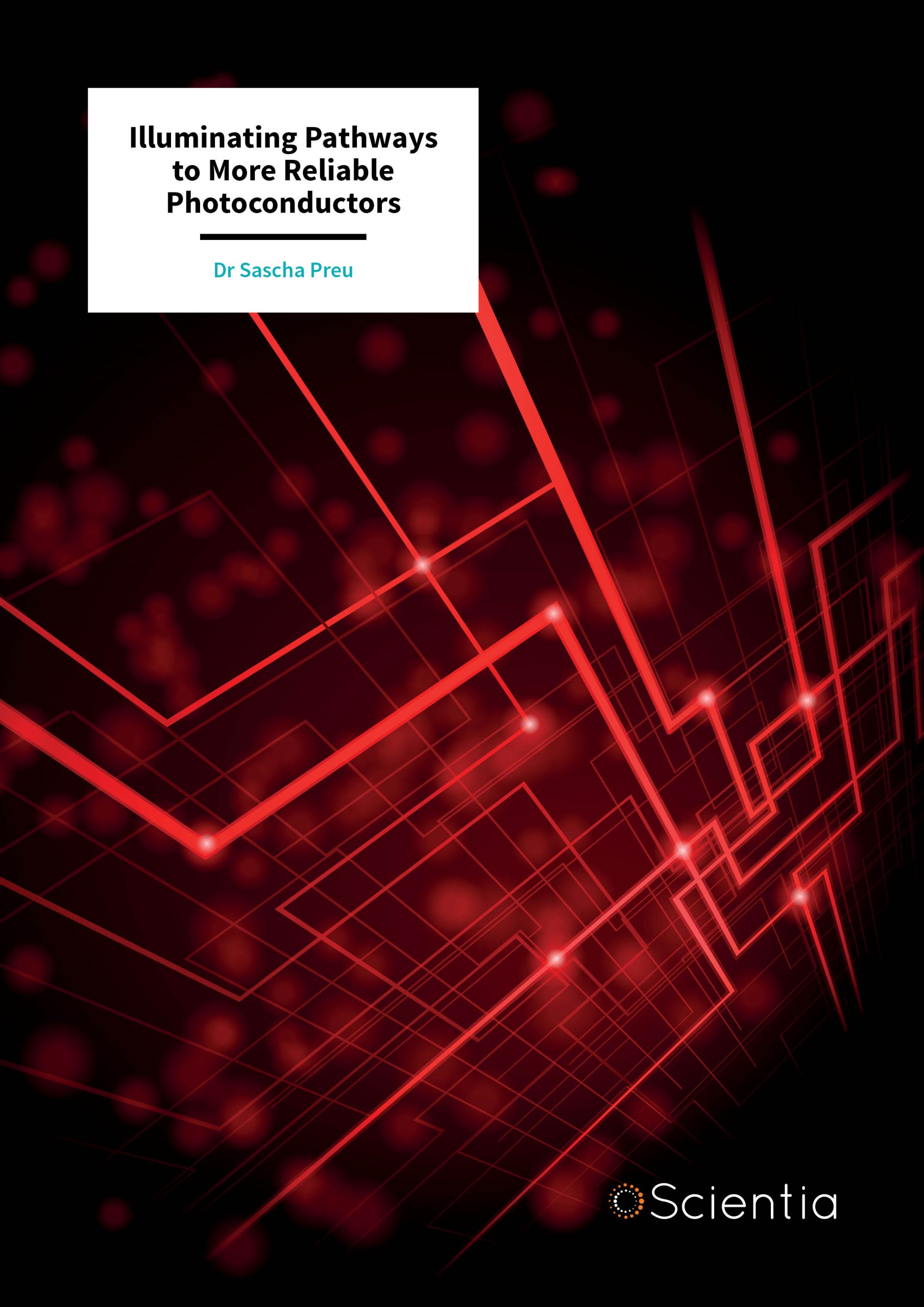
Dr Sascha Preu – Illuminating Pathways to More Reliable Photoconductors
Using laser light to produce and receive high-frequency radiation, photoconductors have become a promising aspect of materials science in recent years. So far, however, their production has faced a number of barriers. Through his research, Dr Sascha Preu at TU Darmstadt in Germany has tackled many of these challenges through the use of an alloy based on indium gallium arsenide enhanced with erbium arsenide particulates, whose electrons display some intriguing properties. His team’s work has now greatly improved the prospects for photoconductors in applications including spectroscopy, imaging and non-destructive testing.
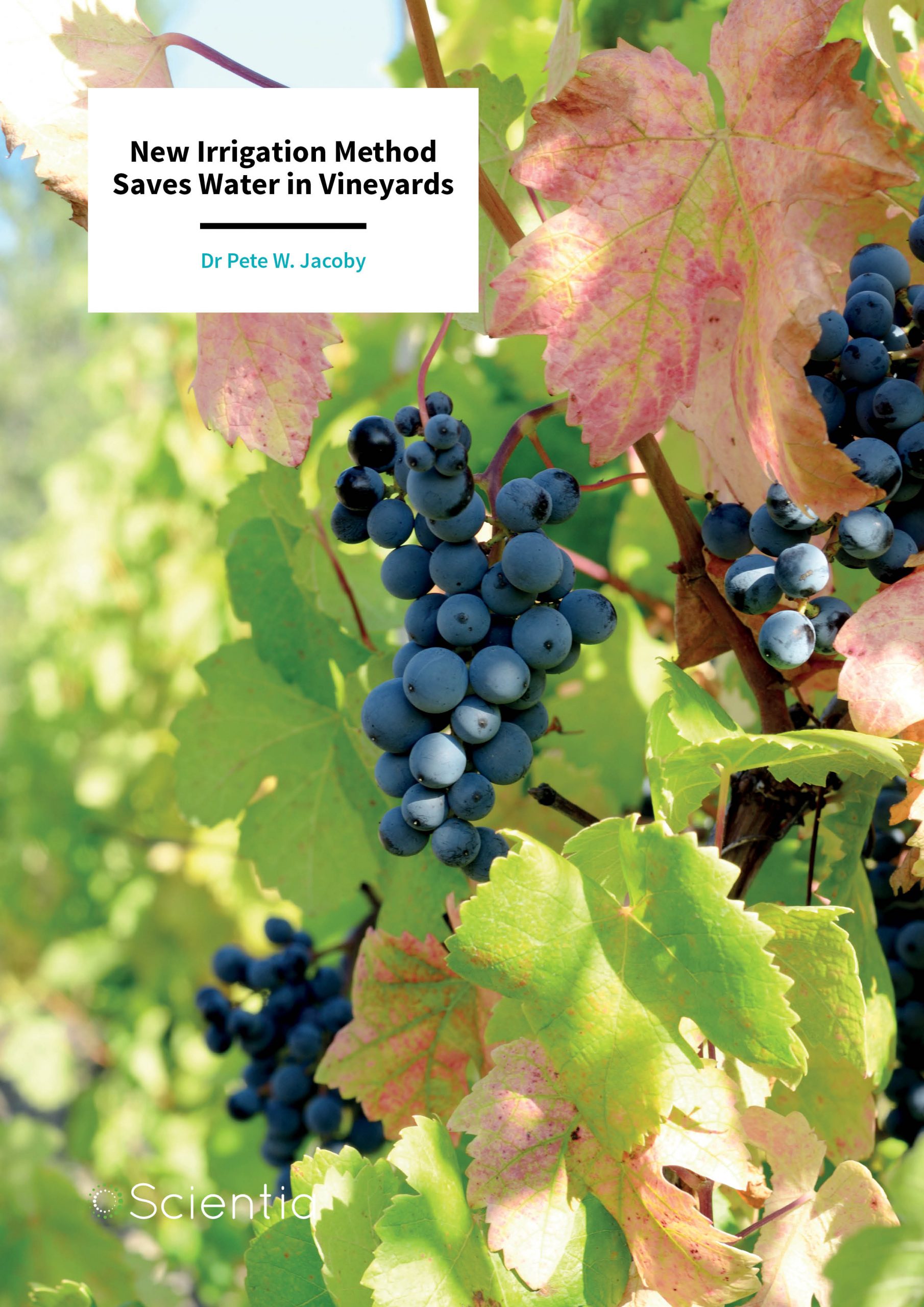
Dr Pete Jacoby – New Irrigation Method Saves Water in Vineyards
Wine is a firm favourite at dinner tables everywhere, but keeping up with consumer demand is becoming increasingly difficult as the incidence and severity of drought increases. While previous irrigation systems have helped maintain grape yield and quality, they are hindered by multiple disadvantages. Dr Pete Jacoby and his team at Washington State University have developed an improved system called Direct Root-Zone irrigation, which combats many of the limitations of previous systems. With the efficacy confirmed, they aim to make their irrigation system available to growers in wine-producing regions across the globe.
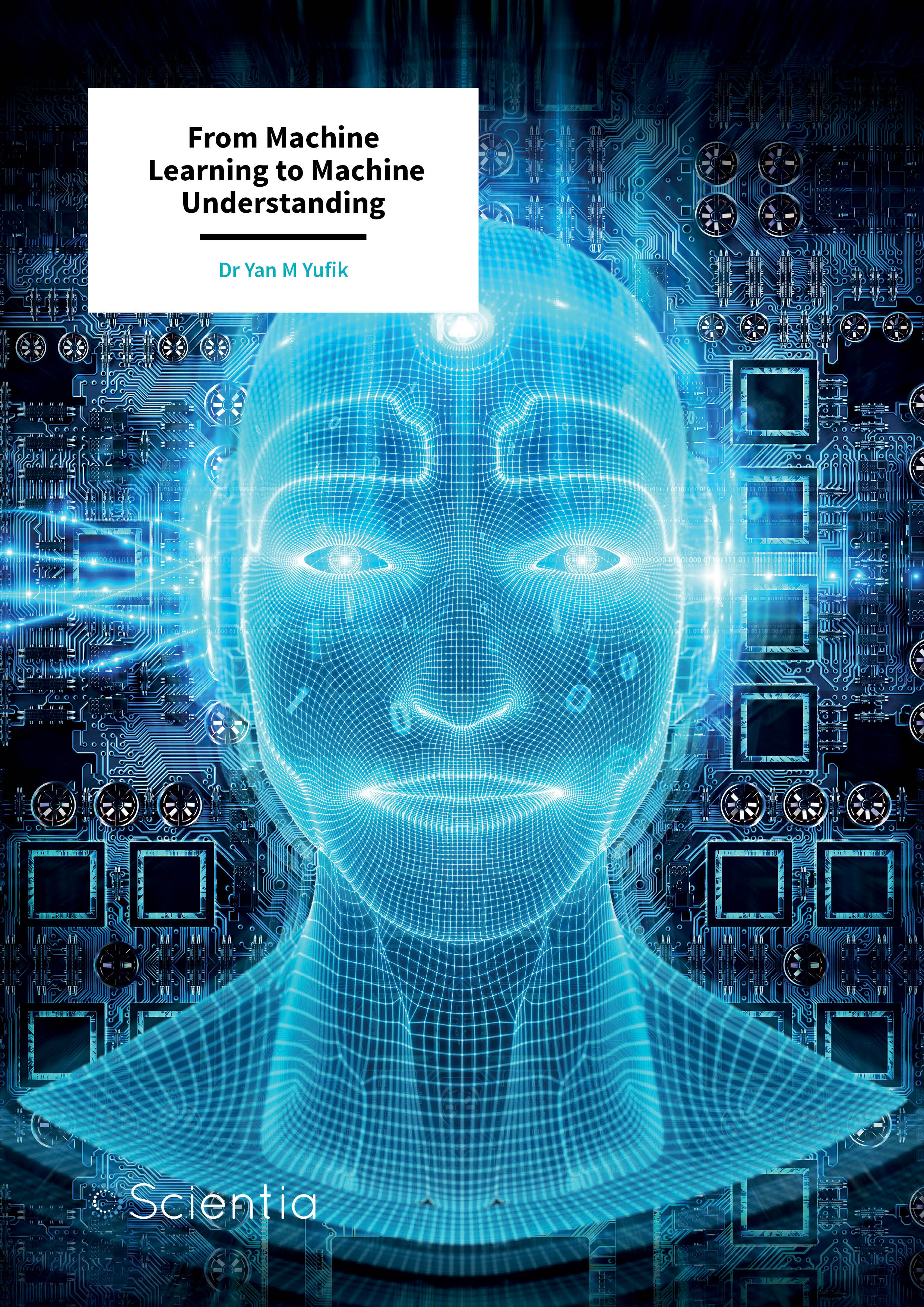
Dr Yan M Yufik – From Machine Learning to Machine Understanding
Despite dramatic advances in neuroscience and biology in the 20th and 21st centuries, our understanding of the brain remains very limited. Dr Yan M Yufik, Head at Virtual Structures Research Inc, USA, is a physicist and cognitive scientist who has spent over 20 years combining experimental findings and theoretical concepts in domains as diverse as neuroscience and thermodynamics to form a theory of the brain. His focus has been on elucidating the mechanisms underlying human understanding and applying the results to the design of machines that can not only learn but understand what they are learning.
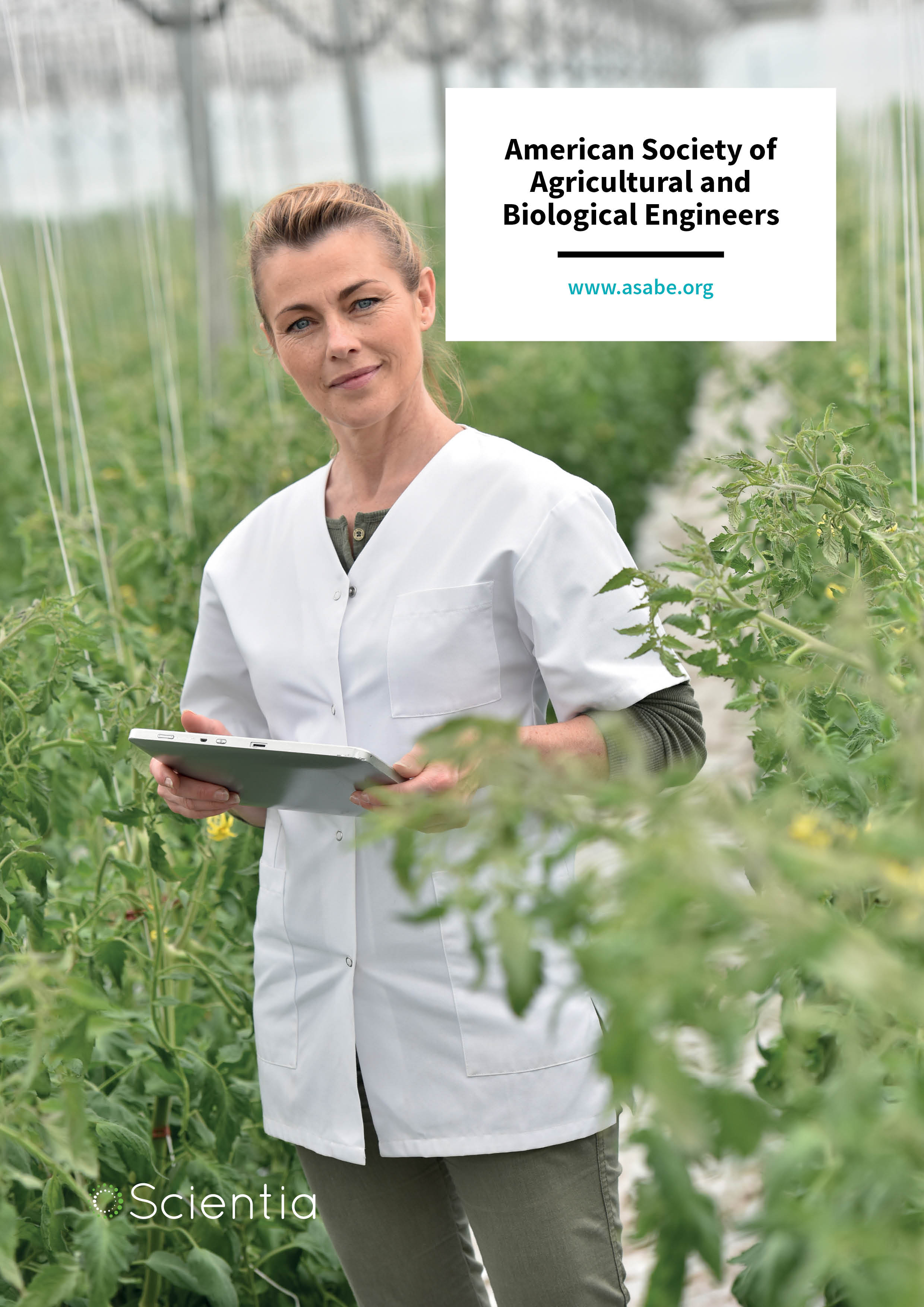
The American Society of Agricultural and Biological Engineers
Representing approximately 7,000 members in over 100 countries, the American Society of Agricultural and Biological Engineers (ASABE) is devoted to advancing engineering research applicable to agriculture, food and biological systems. In this exclusive interview, we have had the pleasure of speaking with Dr Sue Nokes, President of ASABE, who discusses the myriad of ways that the Society accelerates this diverse research field, towards ensuring global food, energy and water security, in the face of our changing climate and growing human population.
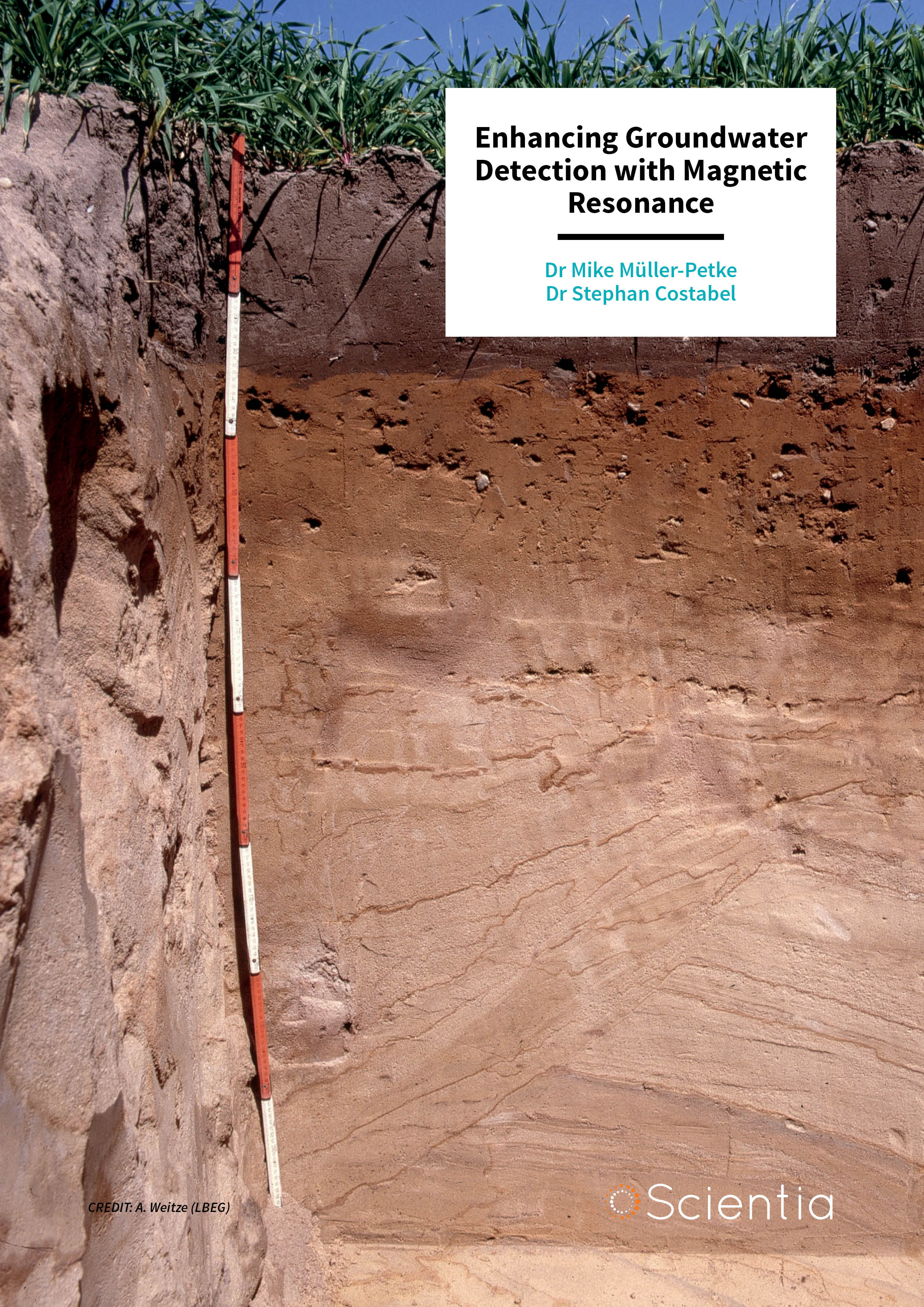
Dr Mike Müller-Petke | Dr Stephan Costabel – Enhancing Groundwater Detection with Magnetic Resonance
Detecting underground water is of considerable importance, particularly for applications such as groundwater exploration, predicting the movement of contaminants in soils or building underground tunnels and mining facilities. Underground water is a limited resource that is essential for human life, but it can pose a safety threat in cases where the structural integrity of underground structures, such as tunnels, depends on solid earth being present throughout. Dr Mike Müller-Petke of the Leibniz Institute for Applied Geophysics, and Dr Stephan Costabel of the Federal Institute for Geosciences and Natural Resources, are investigating methods to greatly improve the detection of underground water, using a technology known as nuclear magnetic resonance.
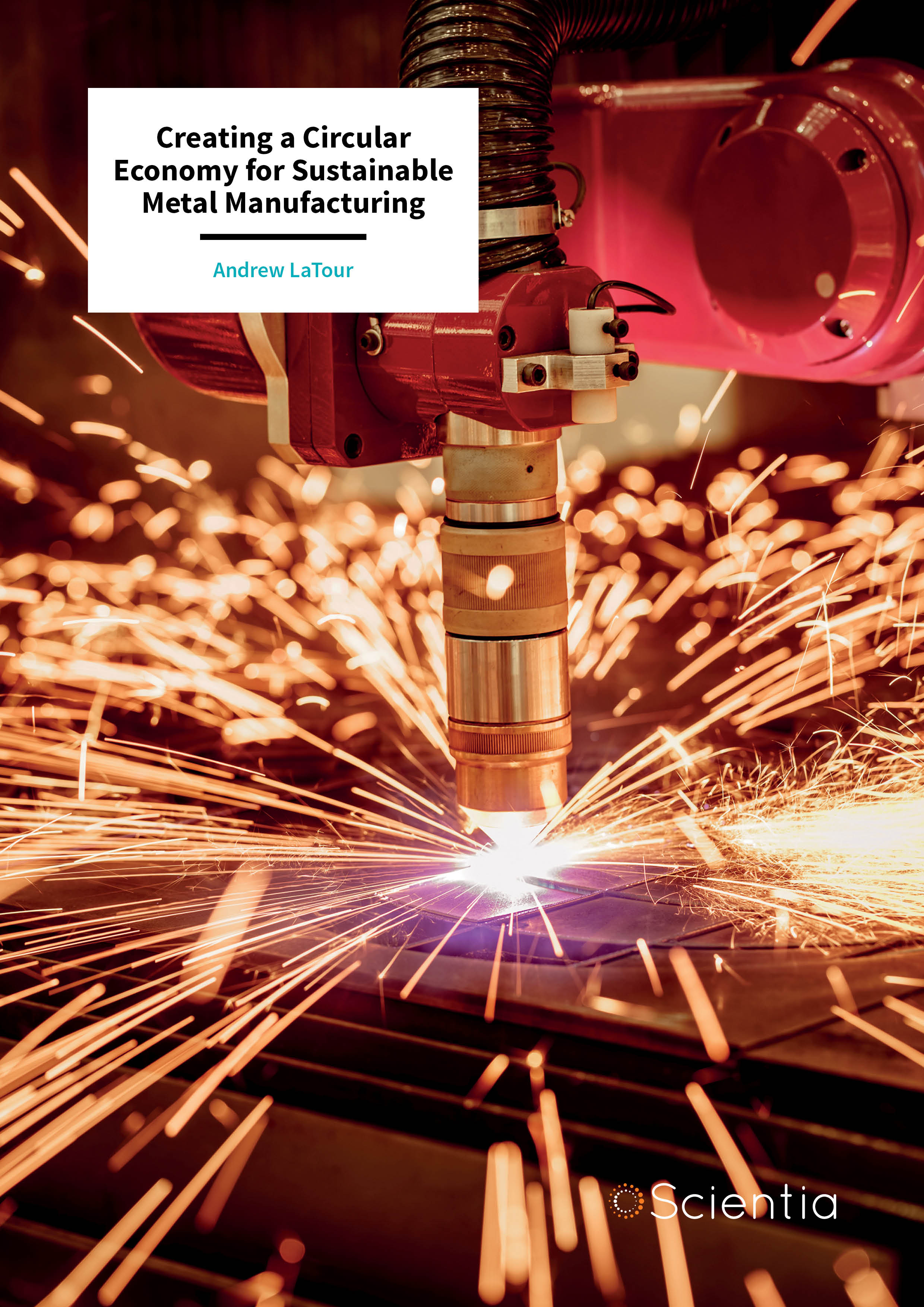
Andrew LaTour – Creating a Circular Economy for Sustainable Metal Manufacturing
Facilities for recycling metal parts at the locations they are required would be a major milestone in the global struggle towards sustainable industry. Yet for all its advantages, the innovations required to realise such a goal are a daunting prospect. Now, Andrew LaTour and his colleagues at MolyWorks Materials are bringing the idea one step closer to reality, through the development of their ‘Mobile Foundry’. The company’s work could soon provide a new basis for developing a completely closed-loop economy in areas related to metal manufacturing, potentially slashing the industry’s negative environmental impacts.
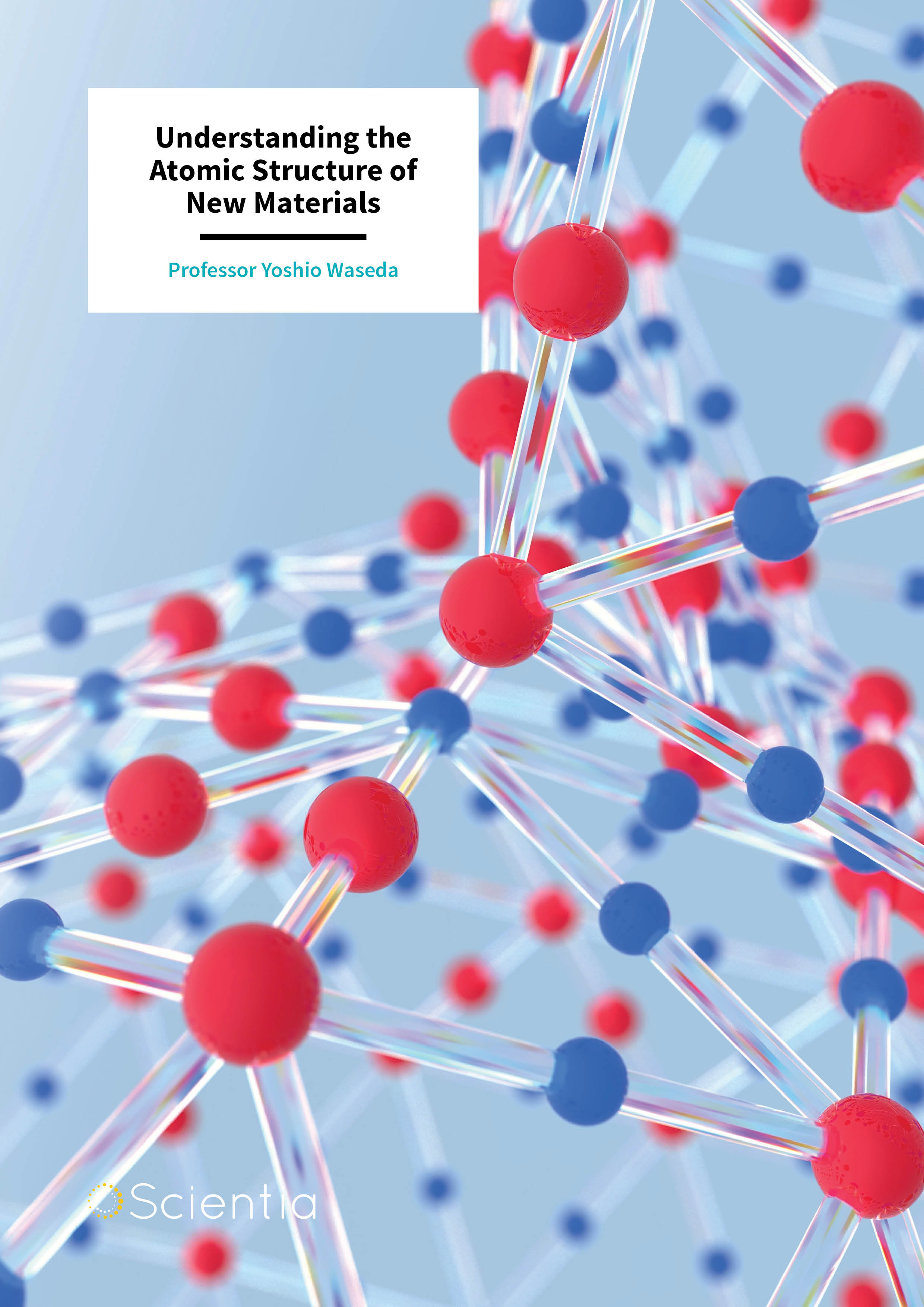
Professor Yoshio Waseda – Understanding the Atomic Structure of New Materials
Materials science – the discovery and characterisation of new materials – drives forward the creation of new technology. In particular, the development of thin films of materials is vital to the electronics industry, as they are used in various device components such as displays and sensors. The properties of these materials are defined by their atomic structure, and until recently it was a major challenge for scientists to accurately characterise this. Towards this aim, Professor Yoshio Waseda and his team at the Institute of Multidisciplinary Research for Advanced Materials have developed a novel method for characterising the atomic structure of thin films.
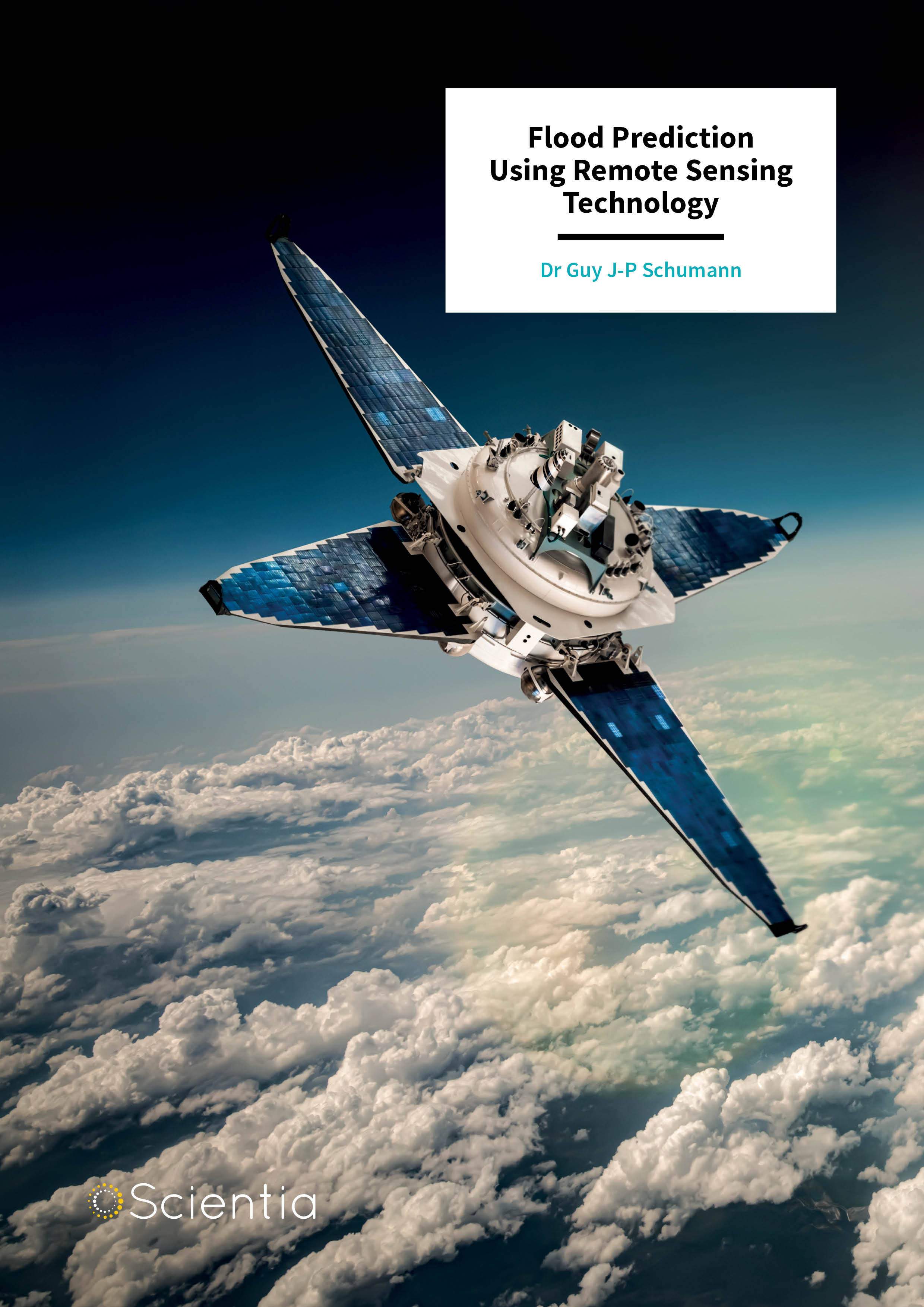
Dr Guy J-P Schumann – Flood Prediction Using Remote Sensing Technology
Floods devastate communities across the globe. A single flood disaster can cause the loss of thousands of lives, and the displacement of millions of people. The devastating effect is exacerbated by the difficulty in monitoring floods and evaluating the information to make the best responsive decisions. To help communities and emergency response teams better predict and prepare for flooding events, Dr Guy J-P Schumann and his team at Remote Sensing Solutions in collaboration with the Dartmouth Flood Observatory (DFO) have harnessed remote sensing technology to develop an advanced user-friendly universal flood monitoring and prediction system.
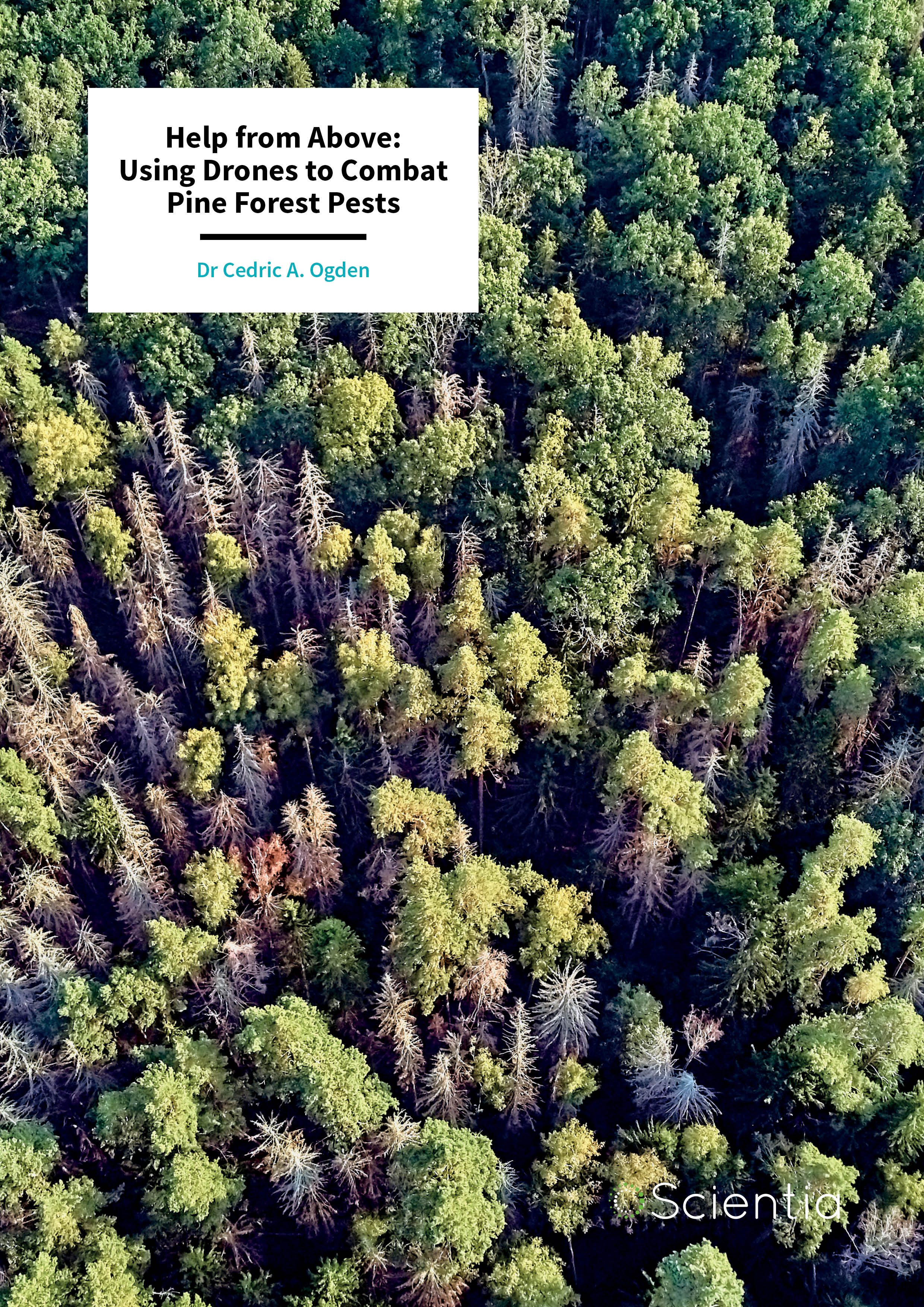
Dr Cedric Ogden – Help from Above: Using Drones to Combat Pine Forest Pests
A key limitation of pest control in agriculture and forestry is the ability to detect pests and diseases early enough for effective treatment. This is exacerbated in the pine forestry industry, where plantations cover vast areas and many pests remain hidden inside the trees. Pine trees killed by beetles are often discarded, causing significant economic and environmental consequences. Dr Cedric Ogden at Fort Valley State University is developing a comprehensive loblolly pine pest-management plan, using drones to detect infestations early, and salvaging damaged timber for use as a fuel source.
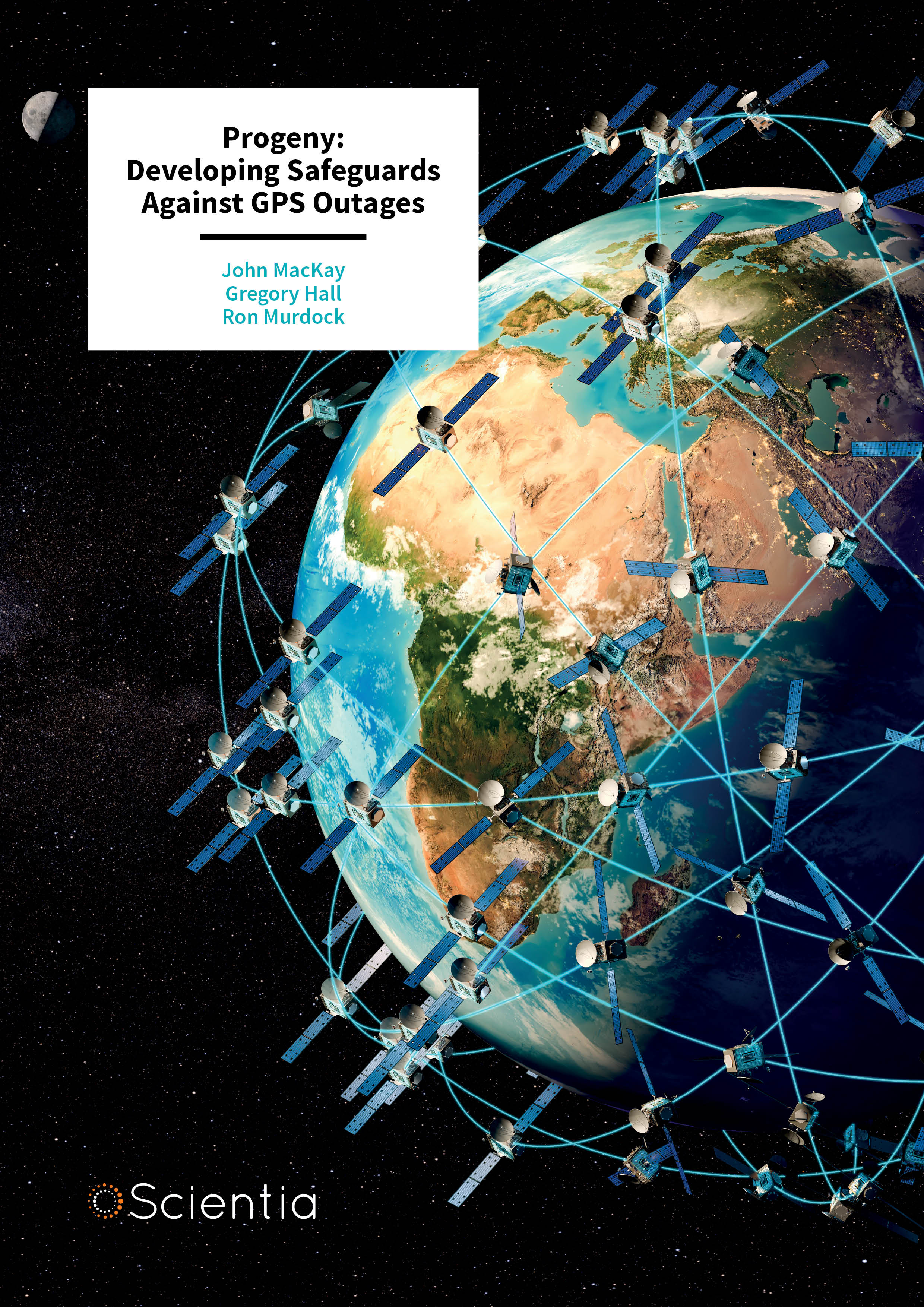
Progeny: Developing Safeguards Against GPS Outages
Global Navigation Satellite Systems such as GPS are the backbone of many global communications, but they are not immune to failure. Progeny Systems Corporation is dedicated to mitigating such disasters if and when satellite-based communications fail, by developing Earth-based systems that work in comparable ways to synchronised satellite networks. As an alternative to GPS, the company’s technology could provide communicating parties with a crucial yet inexpensive safeguard against future failures.
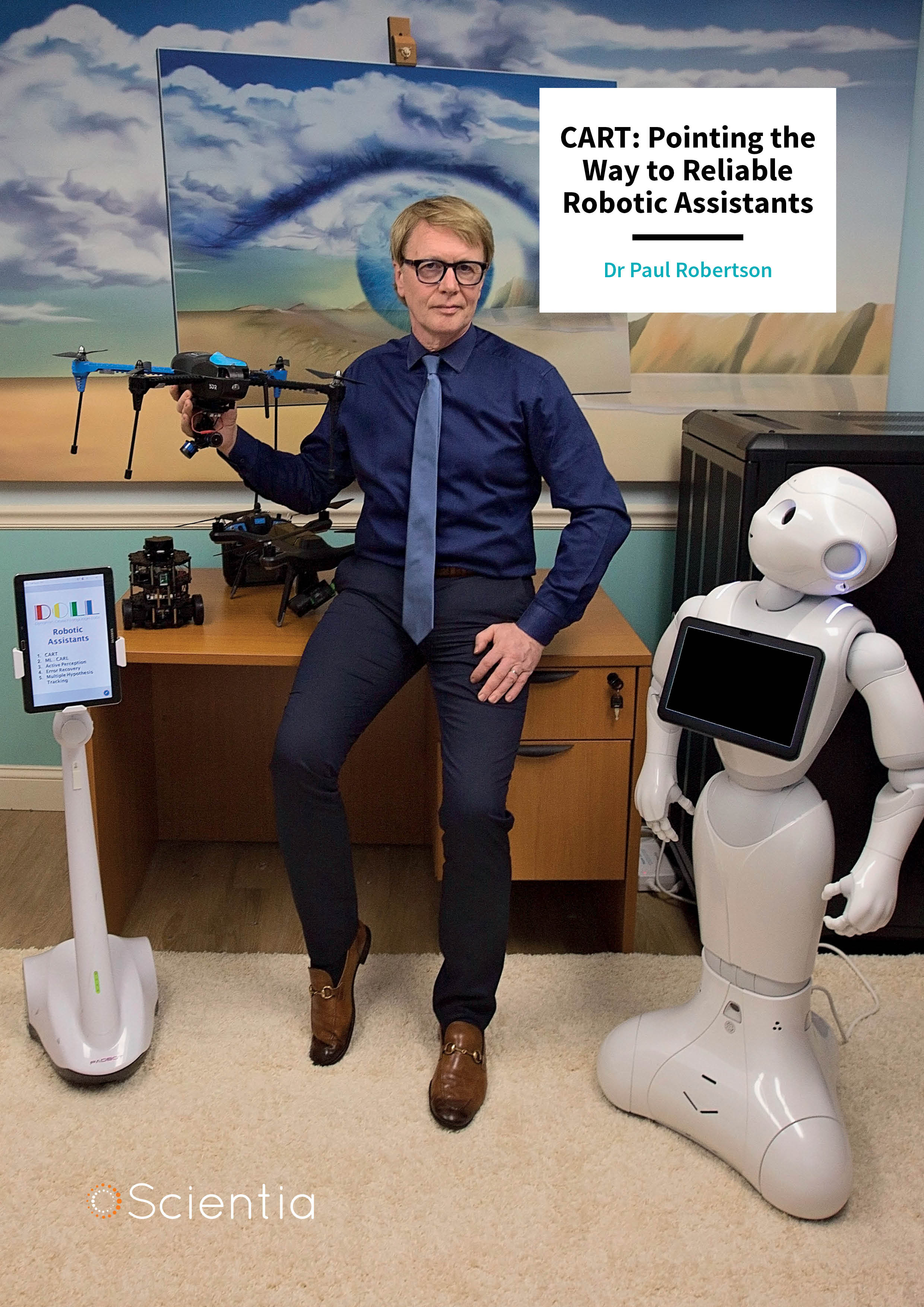
Dr Paul Robertson – CART: Pointing the Way to Reliable Robotic Assistants
Robots that assist us with both everyday and highly specialised tasks are no new concept, but so far, their actual development has appeared to be far from becoming a reality. Yet through the research of Dr Paul Robertson, Chief Scientist at Dynamic Object Language Labs (DOLL) in Massachusetts, such sophisticated technology is now looking increasingly feasible. By considering how robots can be programmed to recognise tasks and comprehend human emotions, his research could be bringing engineers a step closer towards reliable robotic assistants.
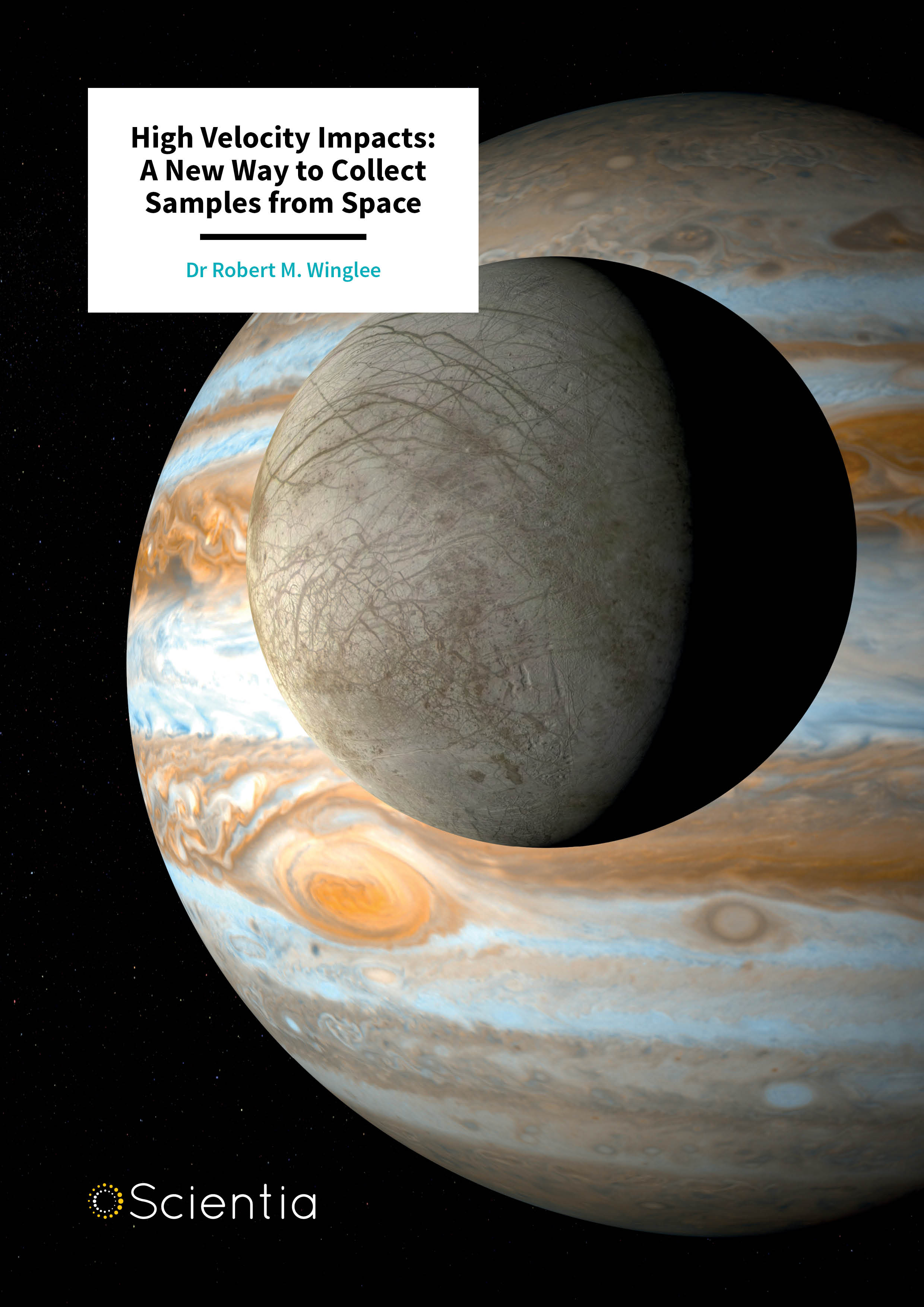
Dr Robert Winglee – High Velocity Impacts: A New Way to Collect Samples from Space
For now, planetary scientists can only dream of getting their hands-on rock samples taken from the surfaces of distant worlds. Achieving these extractions presents a significant set of challenges, but Dr Robert Winglee and his colleagues at the University of Washington have made significant strides towards developing feasible techniques for retrieving samples. Through detailed computer design and field experiments, they have now clearly demonstrated that obtaining core samples created during high-velocity impacts with planetary surfaces could one day be a reality.
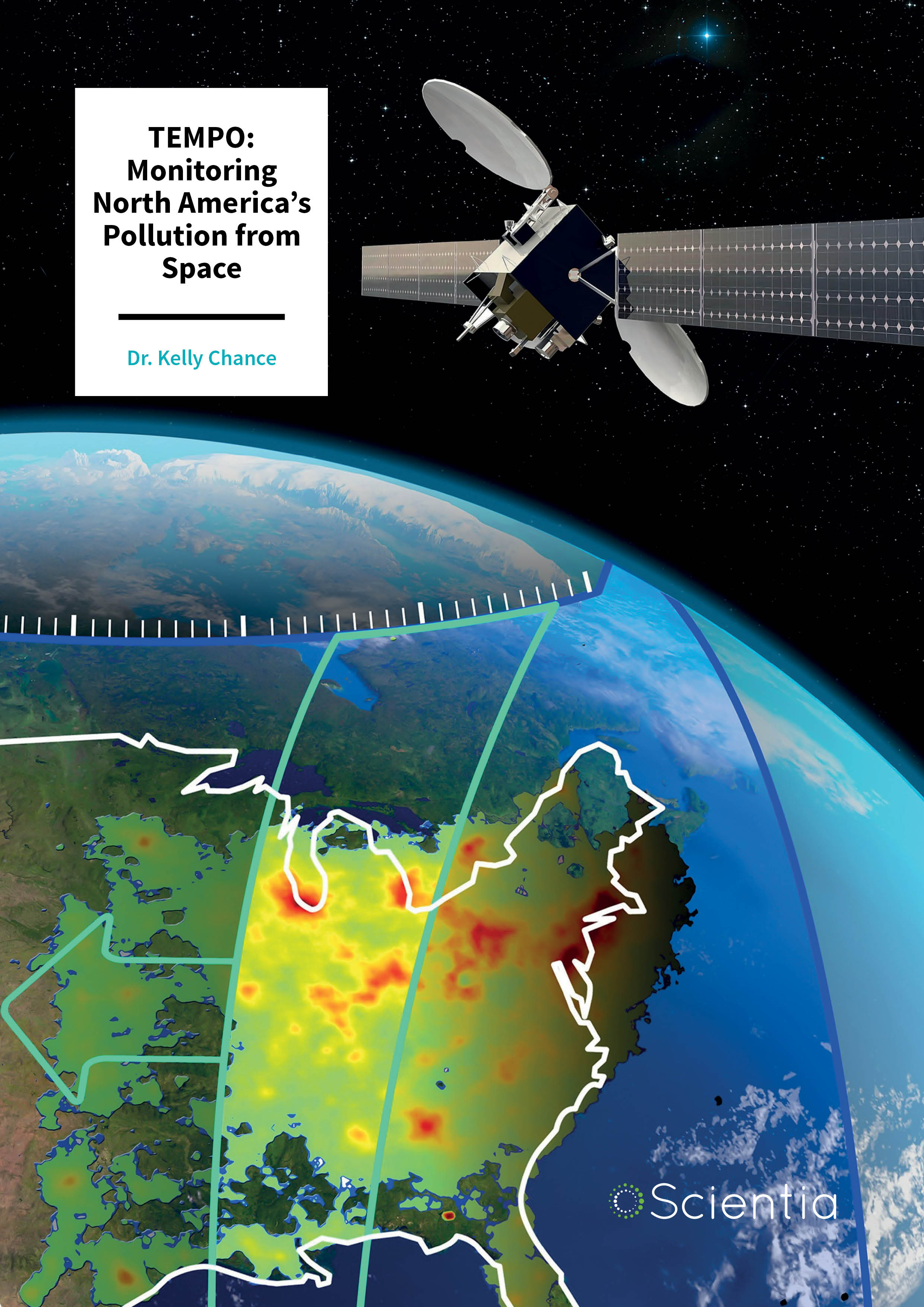
TEMPO: Monitoring North America’s Pollution from Space
Created by sources ranging from campfires to cargo ships, air pollution is incredibly difficult to track. This has meant that the full impacts of air pollution are almost impossible to assess, but a solution is on the horizon. The TEMPO instrument (tempo.si.edu), built by Ball Aerospace to Smithsonian Astrophysical Observatory specifications and managed by the NASA Langley Research Center, will soon provide an all-encompassing view of pollution across North America. As part of a global constellation of satellite air quality missions, TEMPO will soon provide us with the most extensive view of pollution ever achieved, along with its impacts, allowing us to tackle it more effectively than ever before.
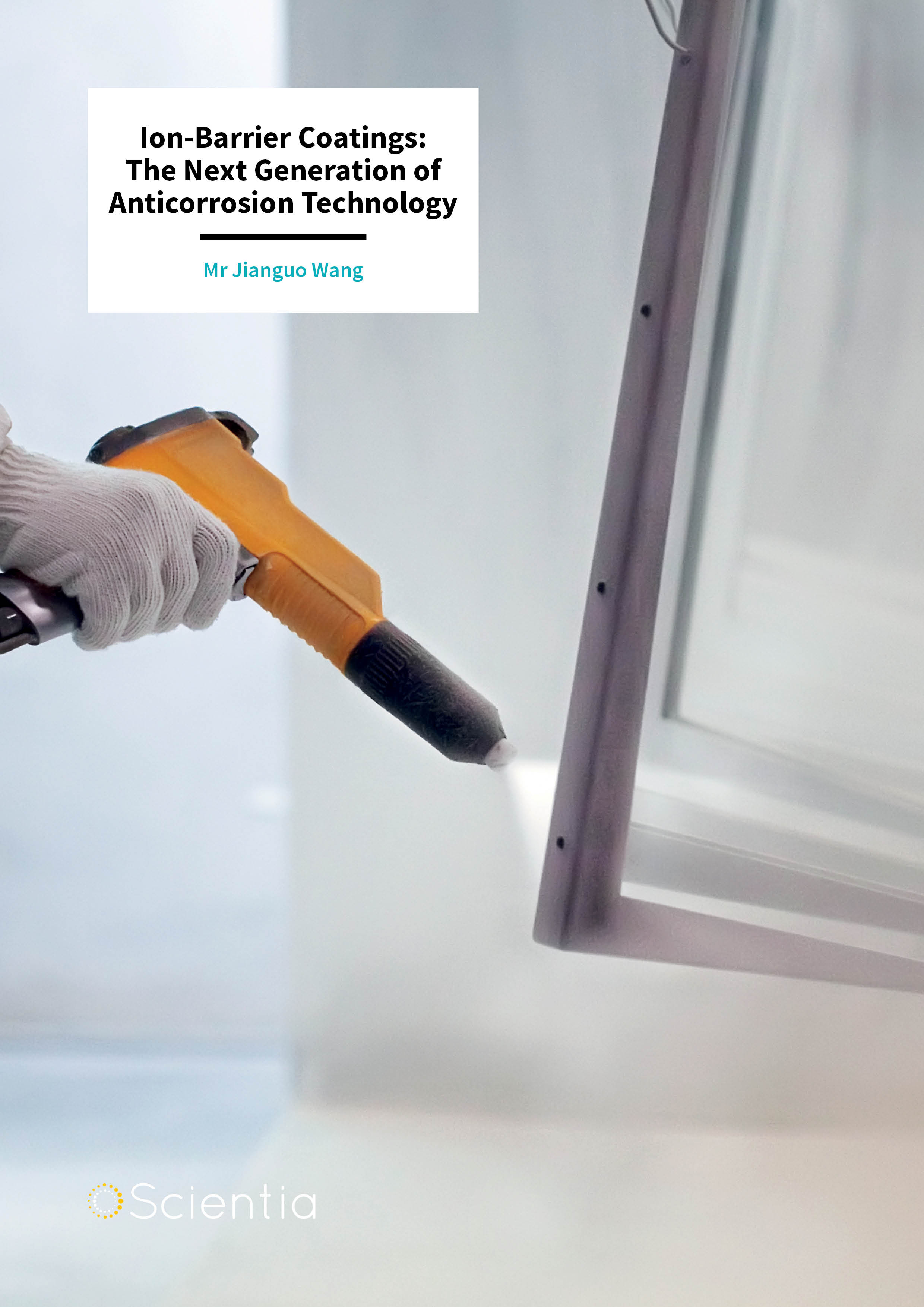
Jianguo Wang – Ion-Barrier Coatings: The Next Generation of Anticorrosion Technology
Corrosion, the gradual destruction of metals, is a significant physical and economic problem worldwide. Traditional heavy metal-based coatings used to protect metals are now viewed negatively due to their impact on the environment. Research led by Jianguo Wang of AnCatt Inc reveals why ion-barrier coatings are the next generation of anticorrosion coating technology.
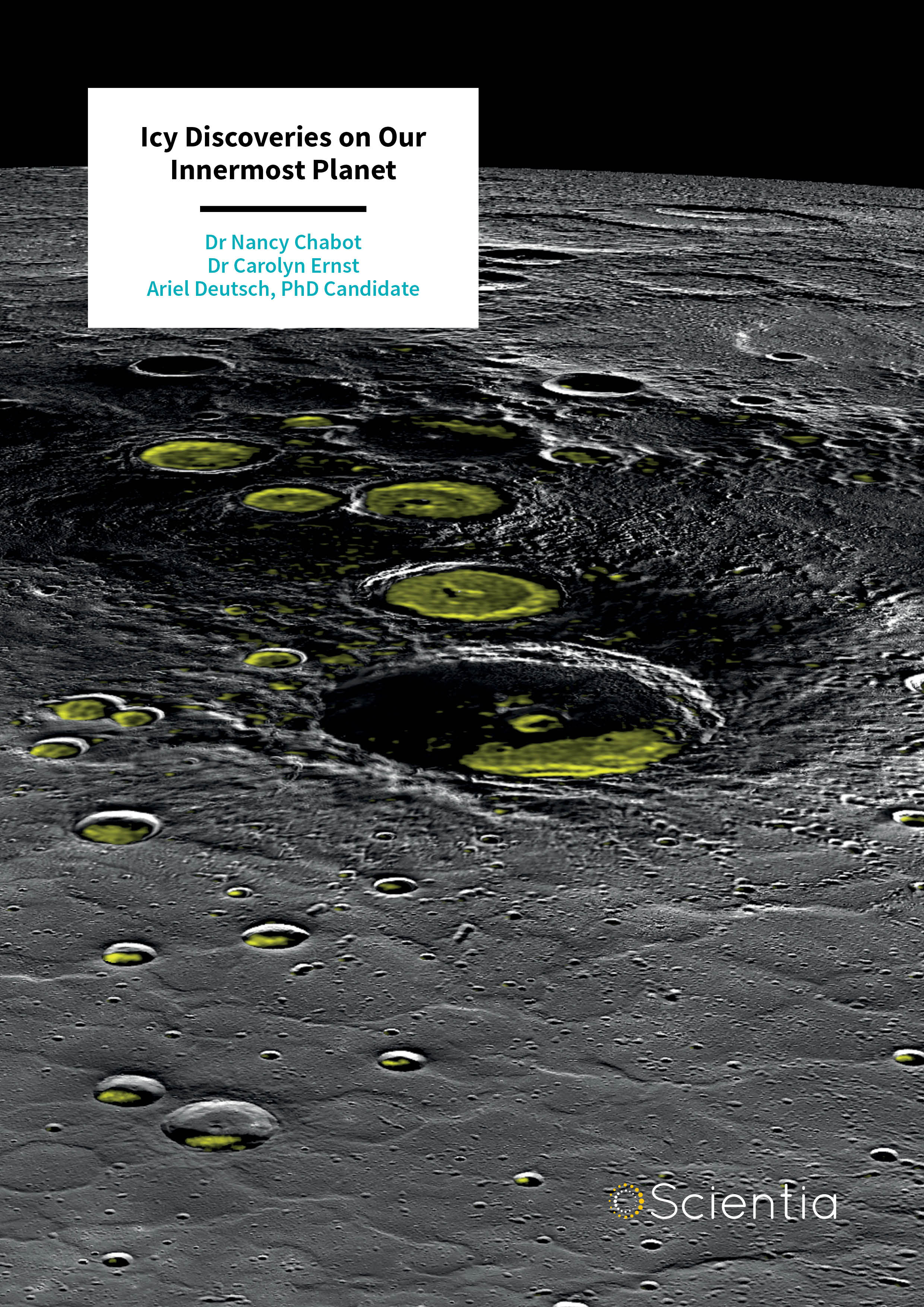
Dr Nancy Chabot | Dr Carolyn Ernst | Ariel Deutsch – Icy Discoveries on Our Innermost Planet
The location of water in our solar system may hold the key to understanding how the planets evolved, and indicate other potential places to find life away from Earth. Dr Nancy Chabot and Dr Carolyn Ernst of Johns Hopkins University Applied Physics Laboratory, and Ariel Deutsch at Brown University, use data from NASA’s MESSENGER mission to understand how much ice exists on Mercury and how it may have arrived there.
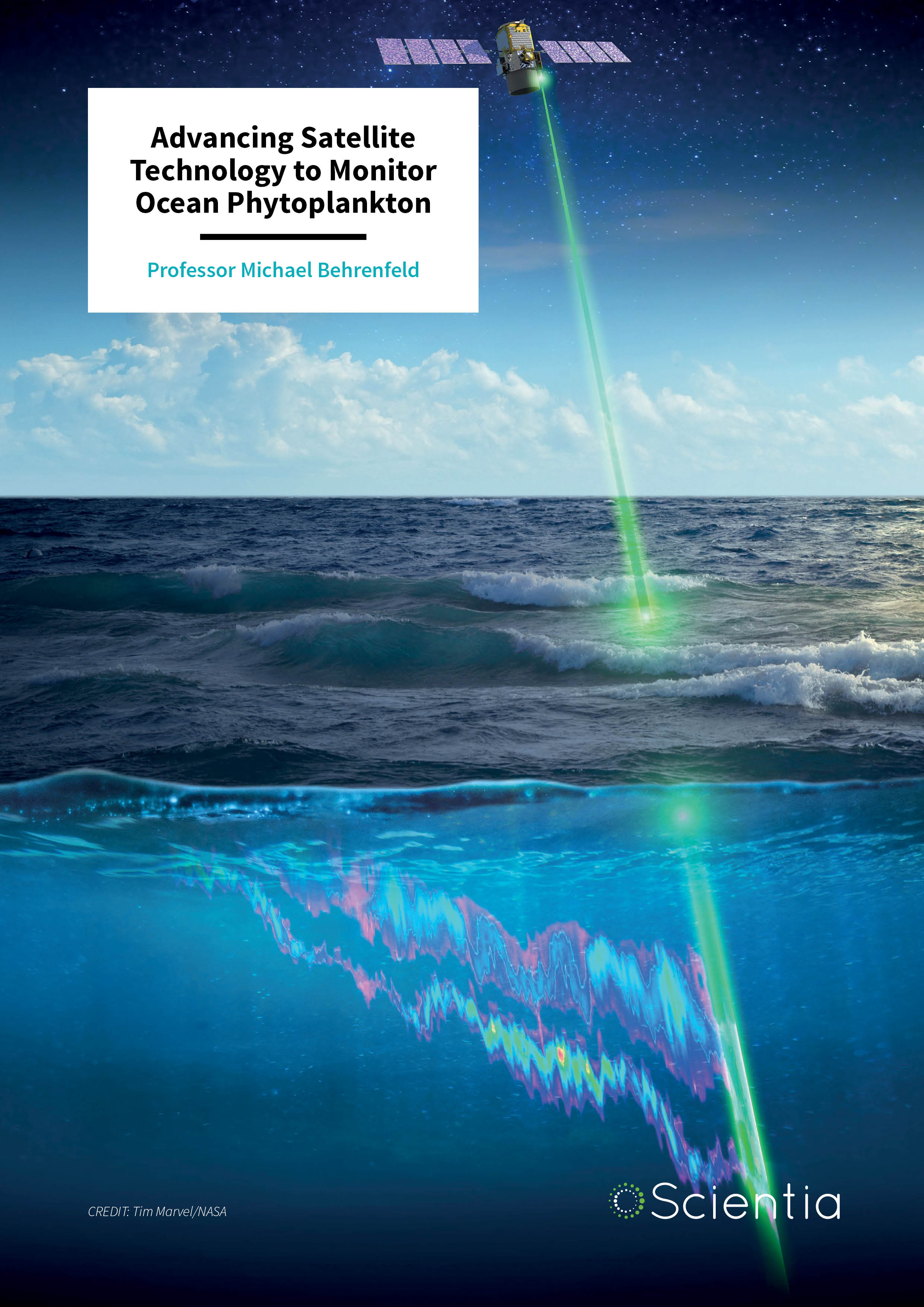
Professor Michael Behrenfeld – Advancing Satellite Technology to Monitor Ocean Phytoplankton
Tiny marine plants known as ‘phytoplankton’ play a disproportionately large role in maintaining the health of our planet, and they provide a rapid signal of changing climate conditions. Professor Michael Behrenfeld at Oregon State University and his many collaborators are developing new satellite approaches, including space-based lasers, to monitor ocean ecosystems. With these technologies, a 3D map of global phytoplankton communities is on the horizon, which will revolutionise our understanding of how these microscopic organisms make Earth a healthy place to live.
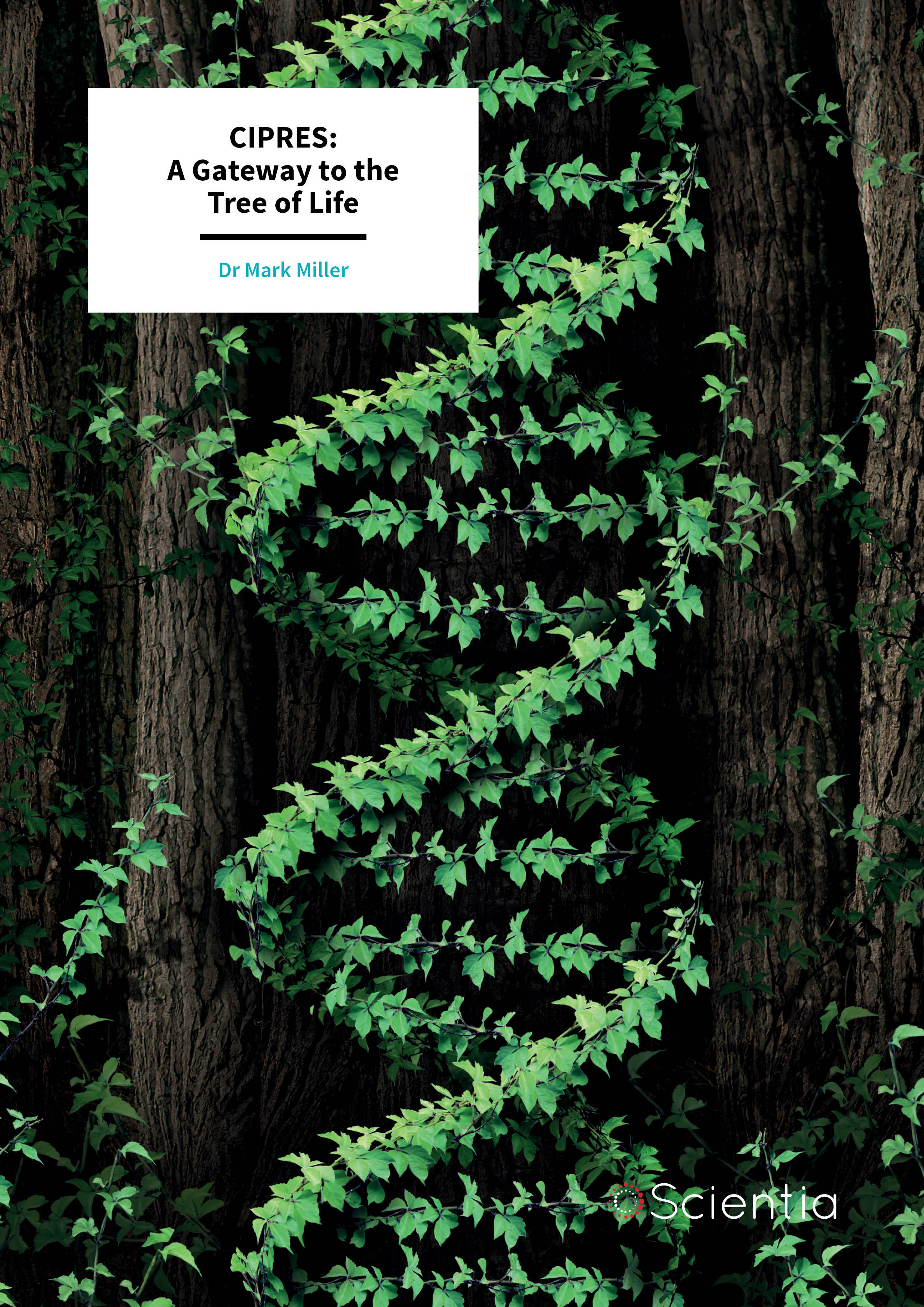
Dr Mark Miller – CIPRES: A Gateway to the Tree of Life
Modern genetics provides vast sets of information which can take weeks to assess. Developed by Dr Mark Miller and his colleagues at the San Diego Supercomputer Center, the CIPRES Scientific Gateway solves this problem, by bringing supercomputer-powered analysis to researchers across the globe.
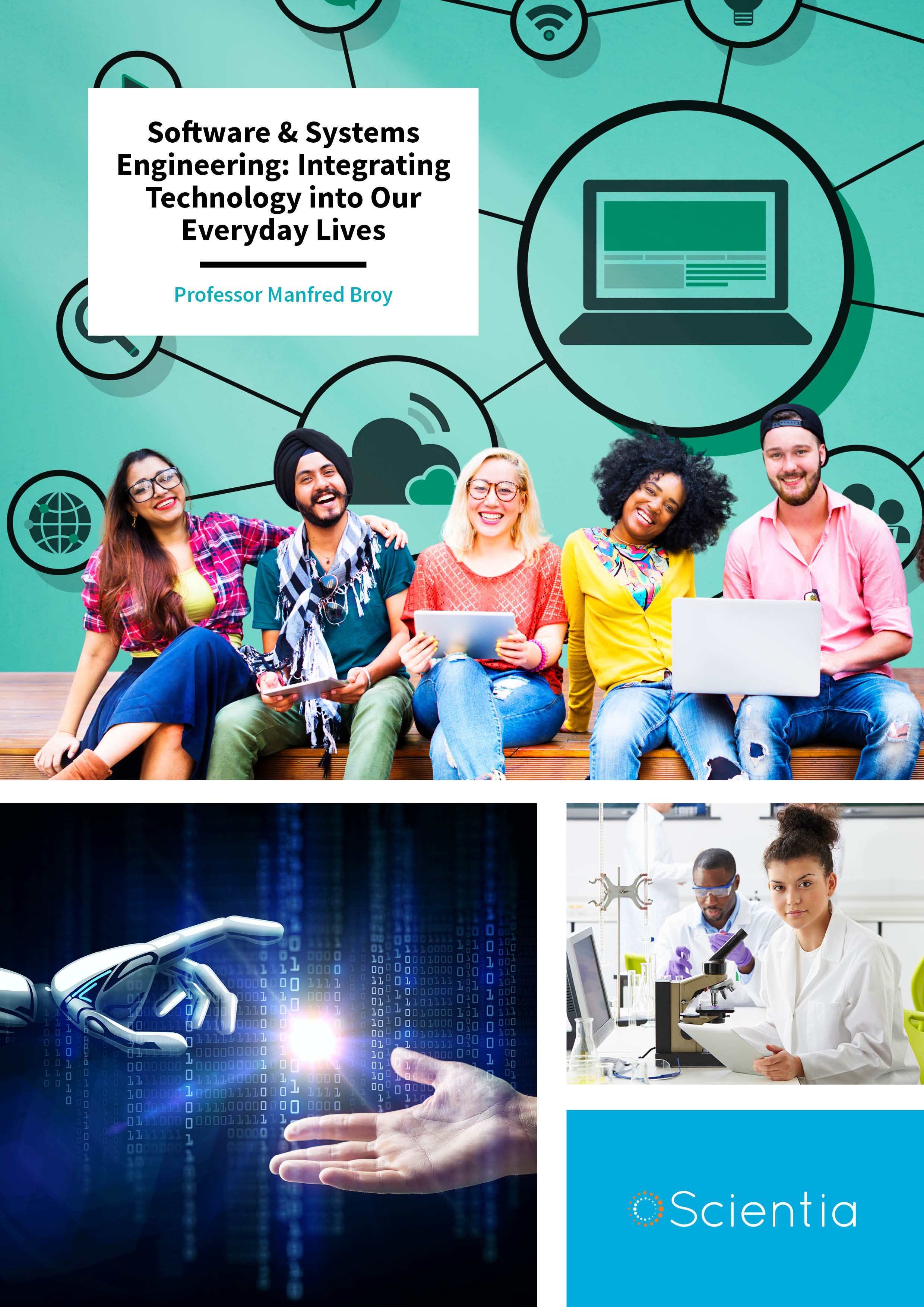
Professor Manfred Broy – Software & Systems Engineering: Integrating Technology into Our Everyday Lives
Software is becoming an increasingly important element of our everyday lives – permeating many of the technologies we use regularly. As our software systems become increasingly sophisticated and ingrained into our lives, it is critical to our livelihoods that they remain both functionally correct and easy to use, even as their complexity increases. Professor Manfred Broy and his colleagues at the Technical University of Munich aim to ensure a smooth transition to a more software-dependent world, through new advances in the field of Software and Systems Engineering.
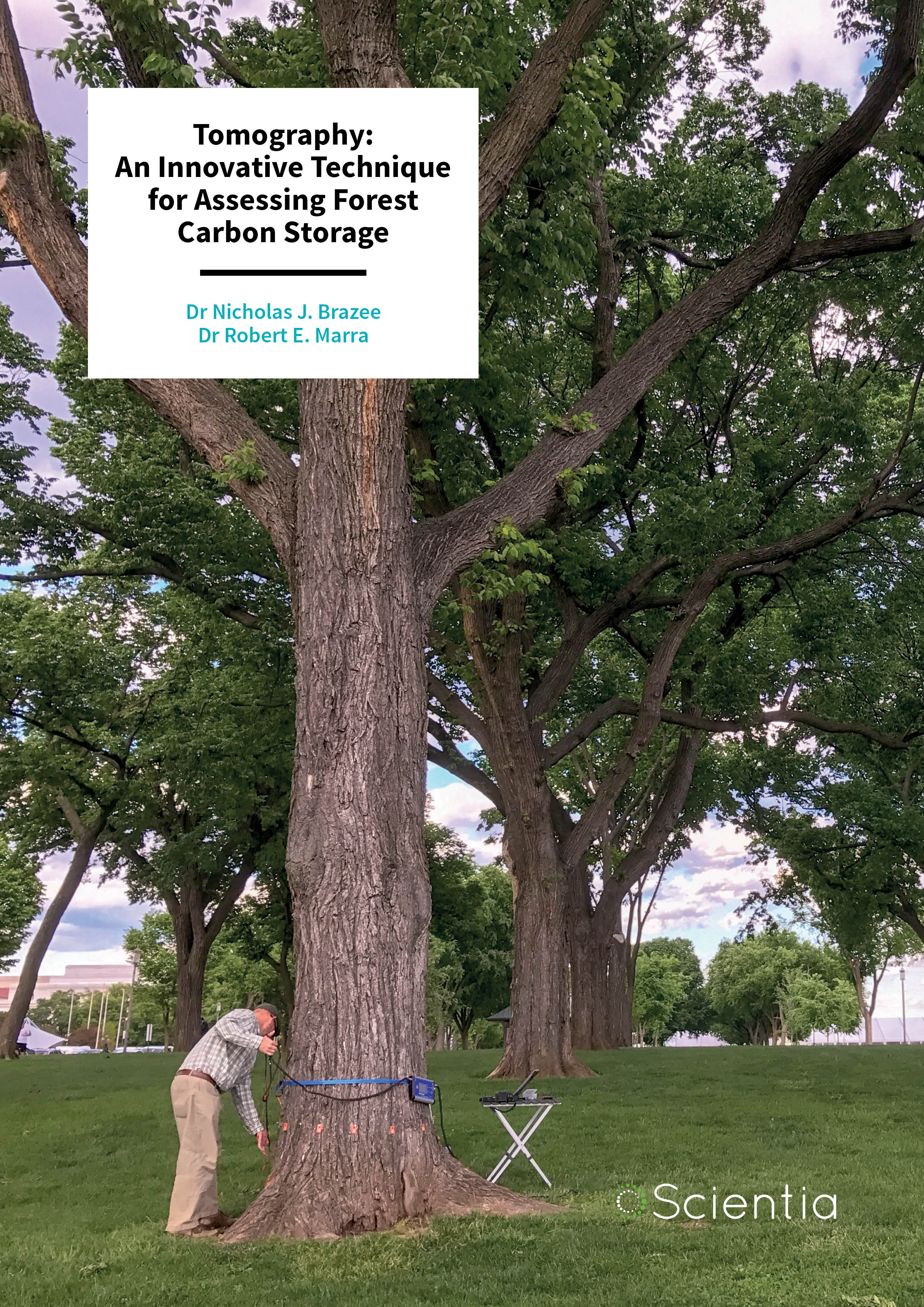
Tomography: An Innovative Technique for Assessing Forest Carbon Storage
Researchers from the Connecticut Agricultural Experiment Station and the University of Massachusetts have pioneered the use of tomography for assessing carbon storage in trees. While assessing this technique’s capabilities, they found that tree damage caused by wood-decaying fungi means that forests store less carbon than previously thought. As forests play a vital role in sequestering atmospheric carbon, the team’s work has important implications in the fight against climate change.
